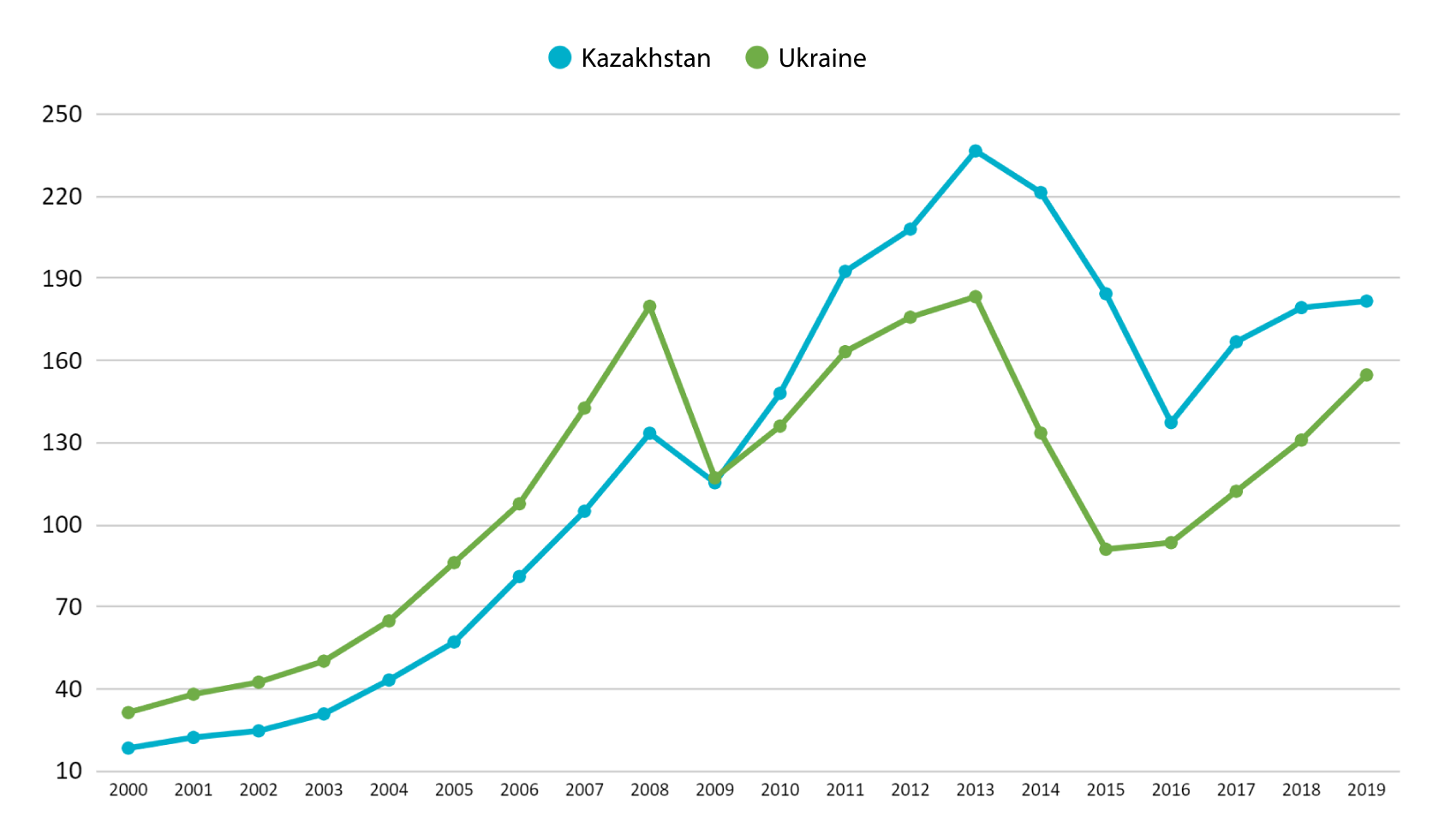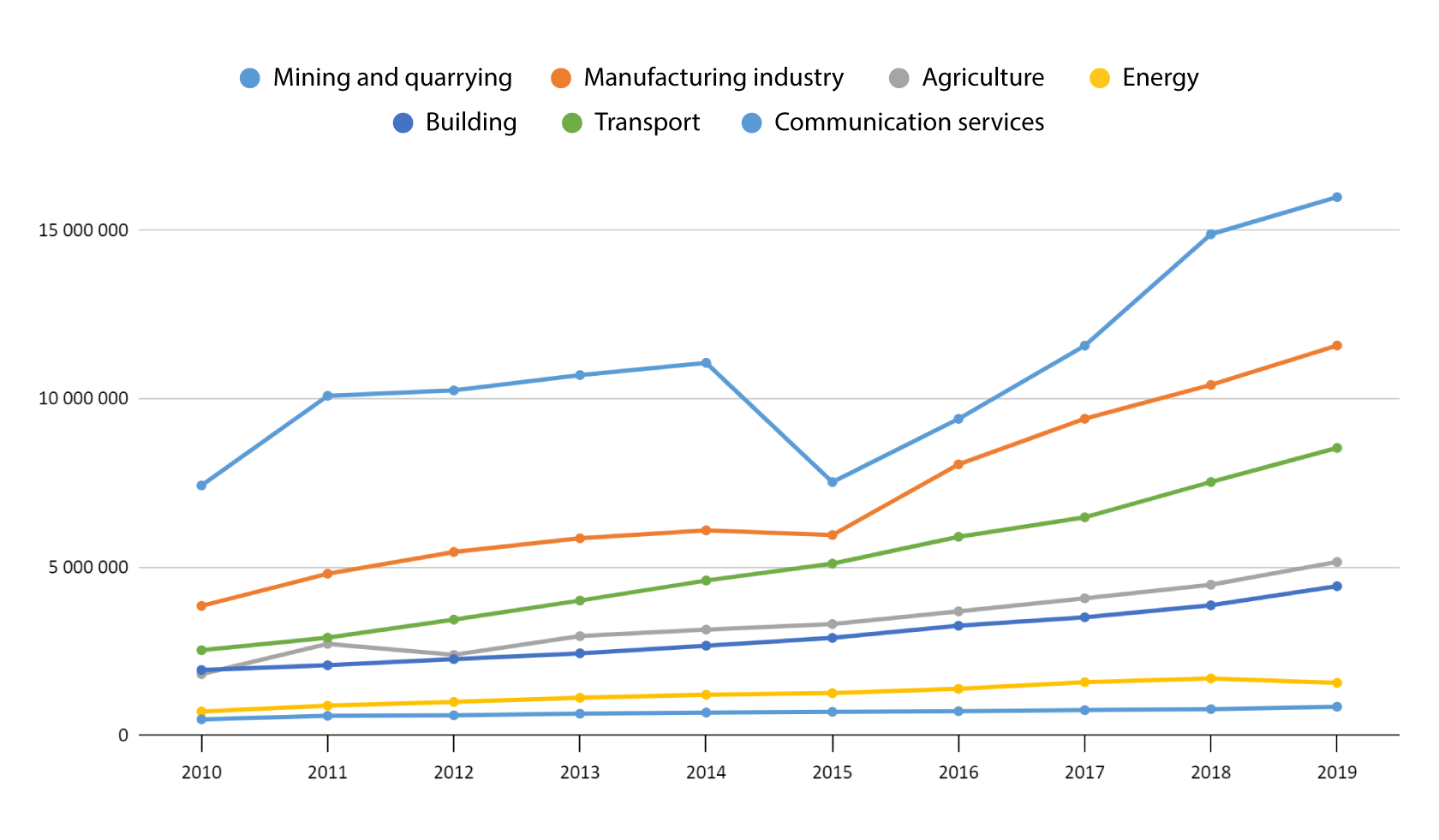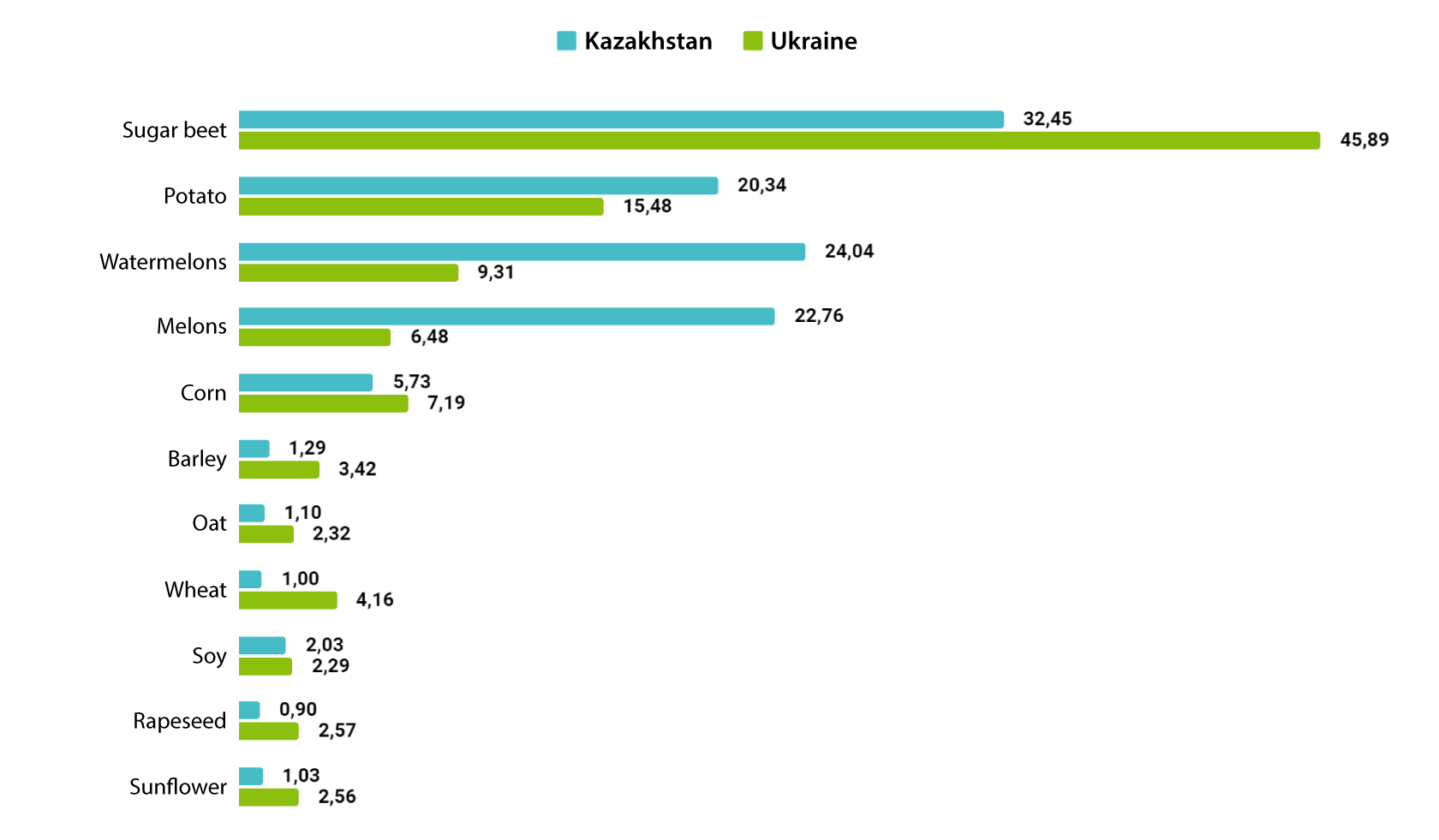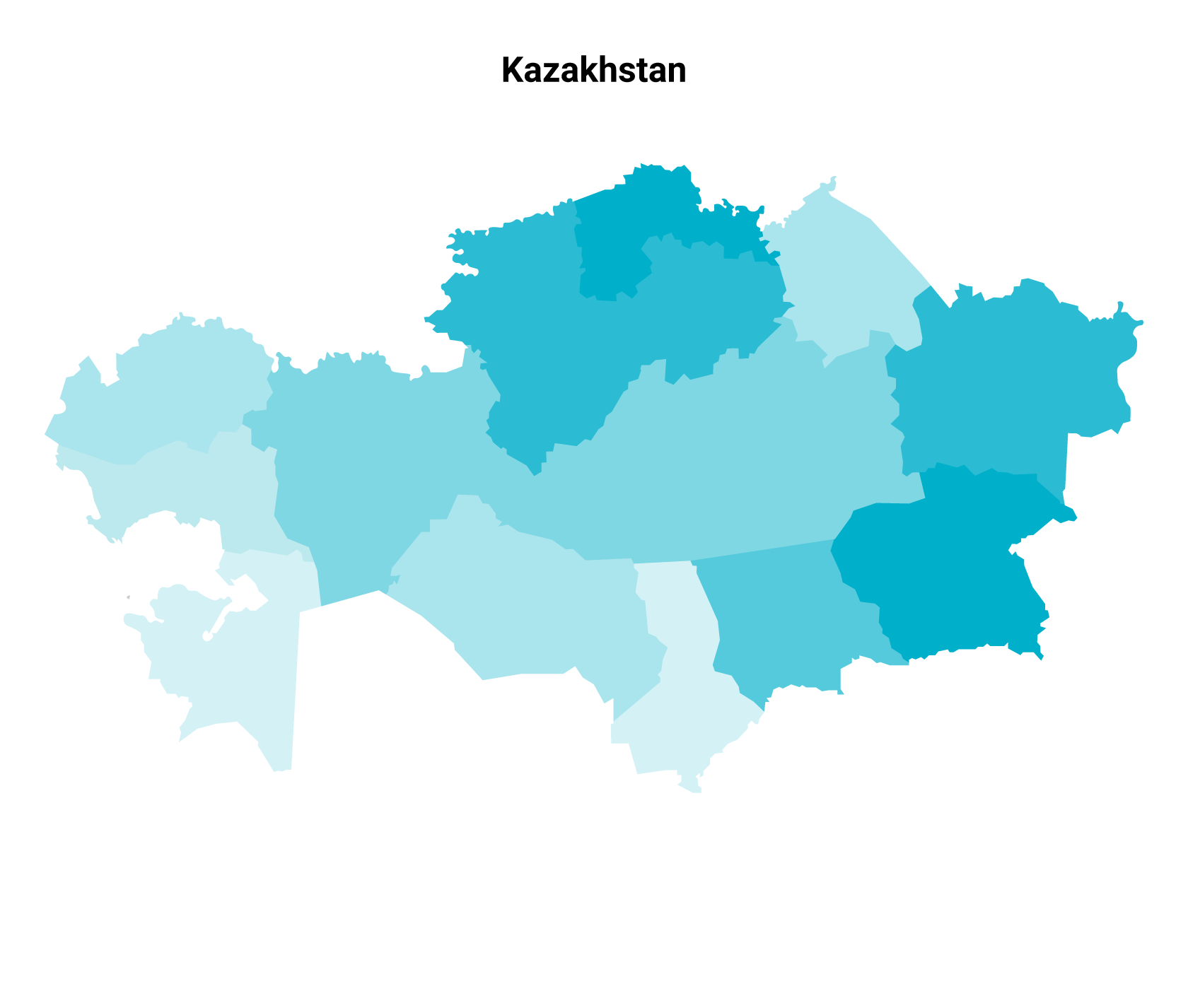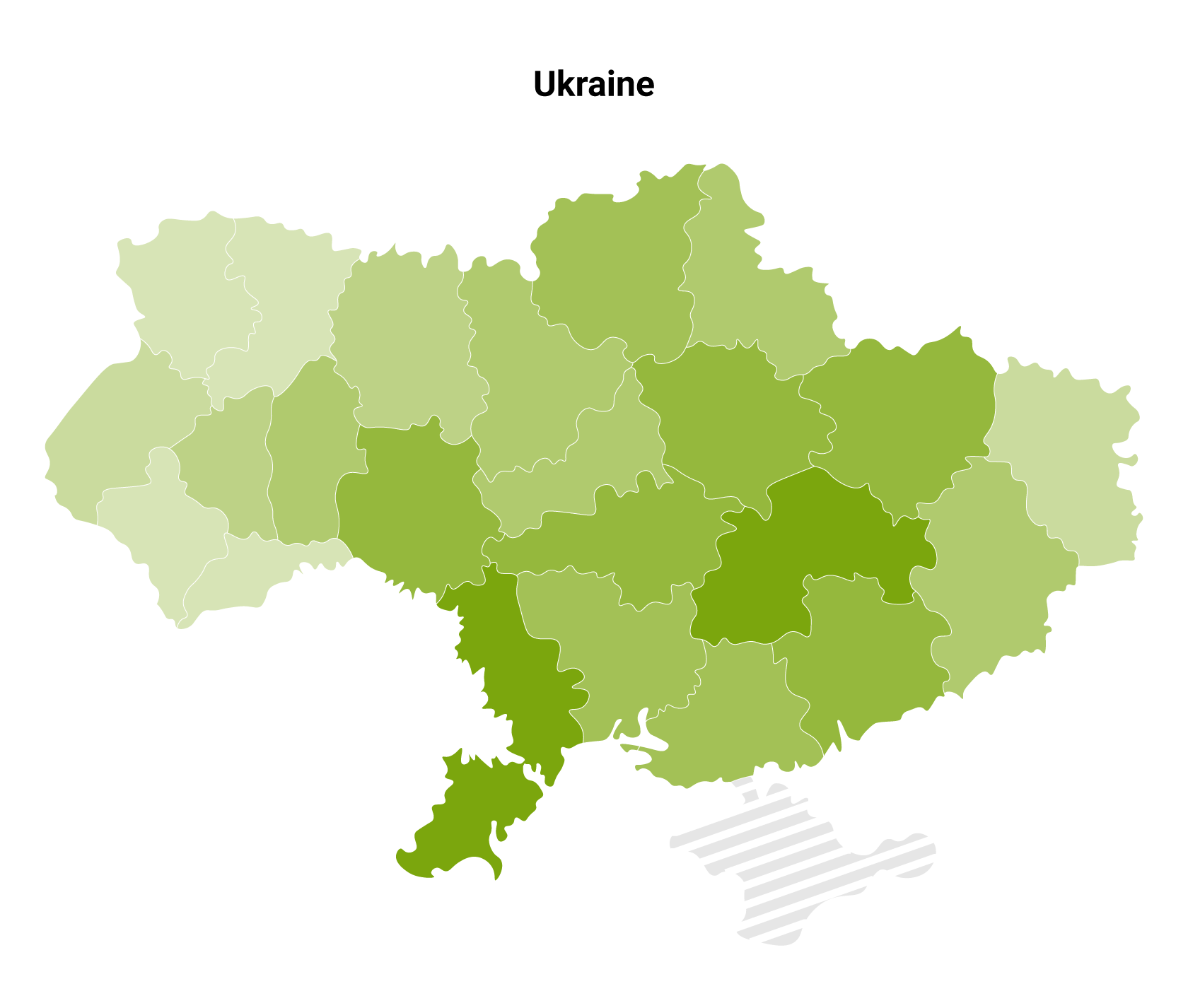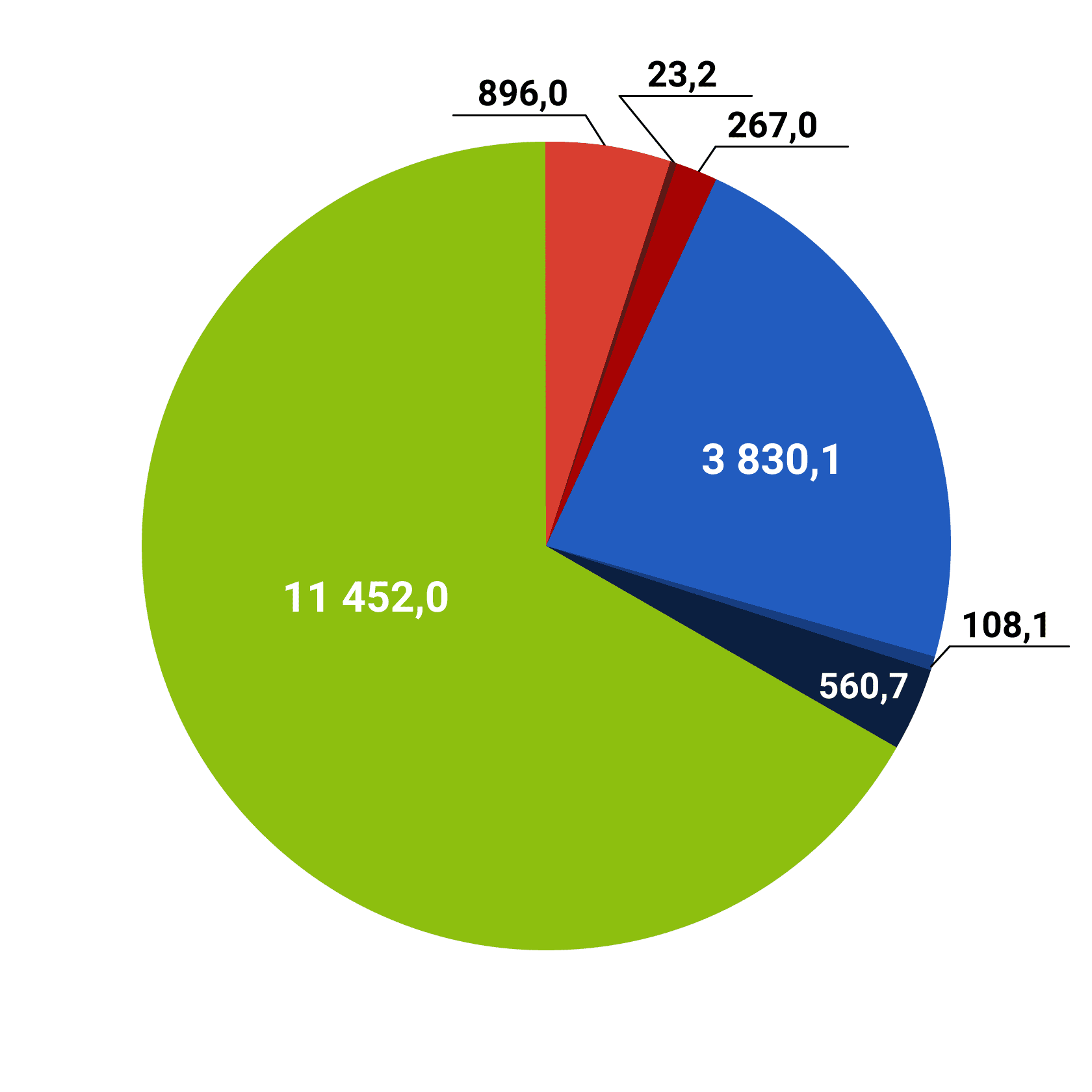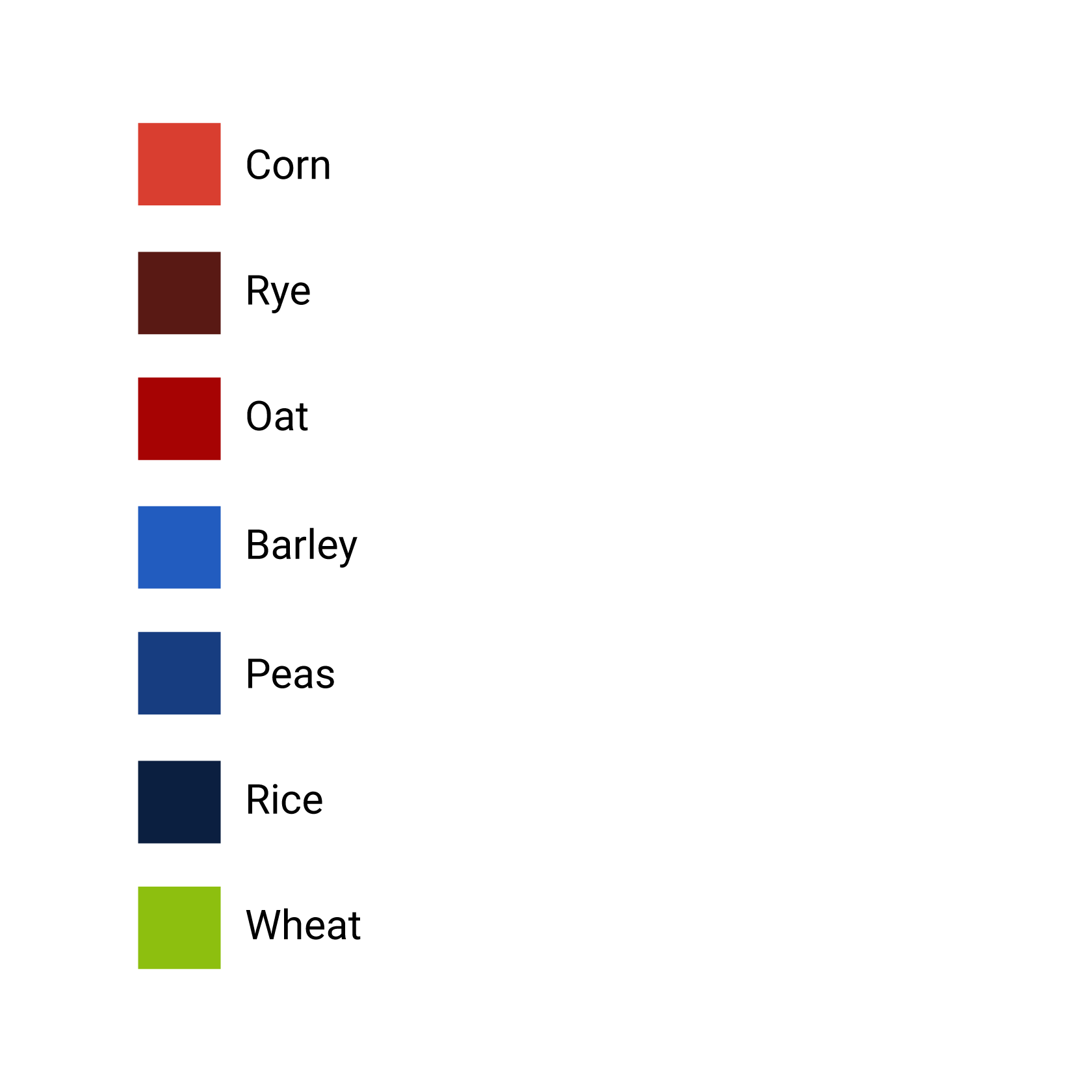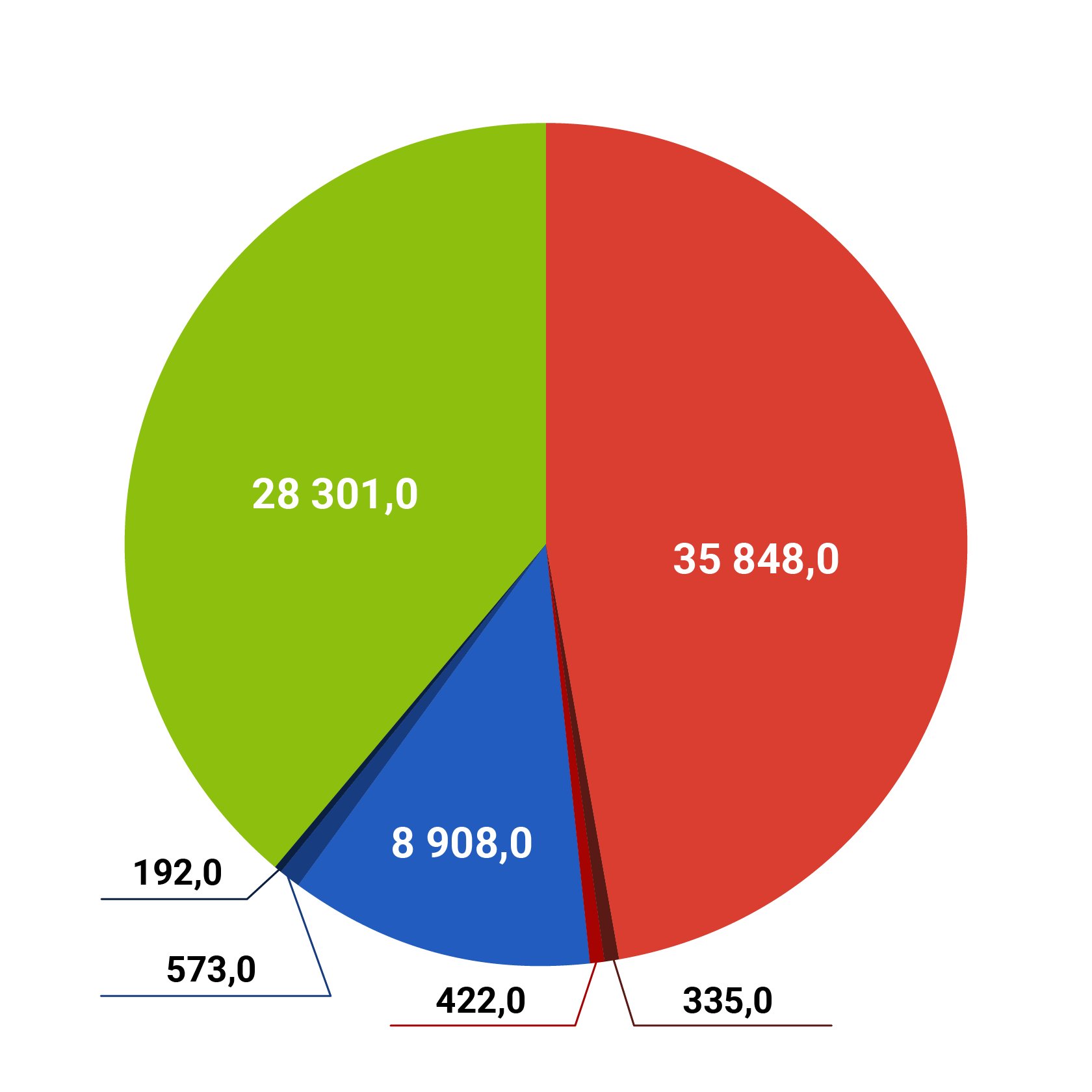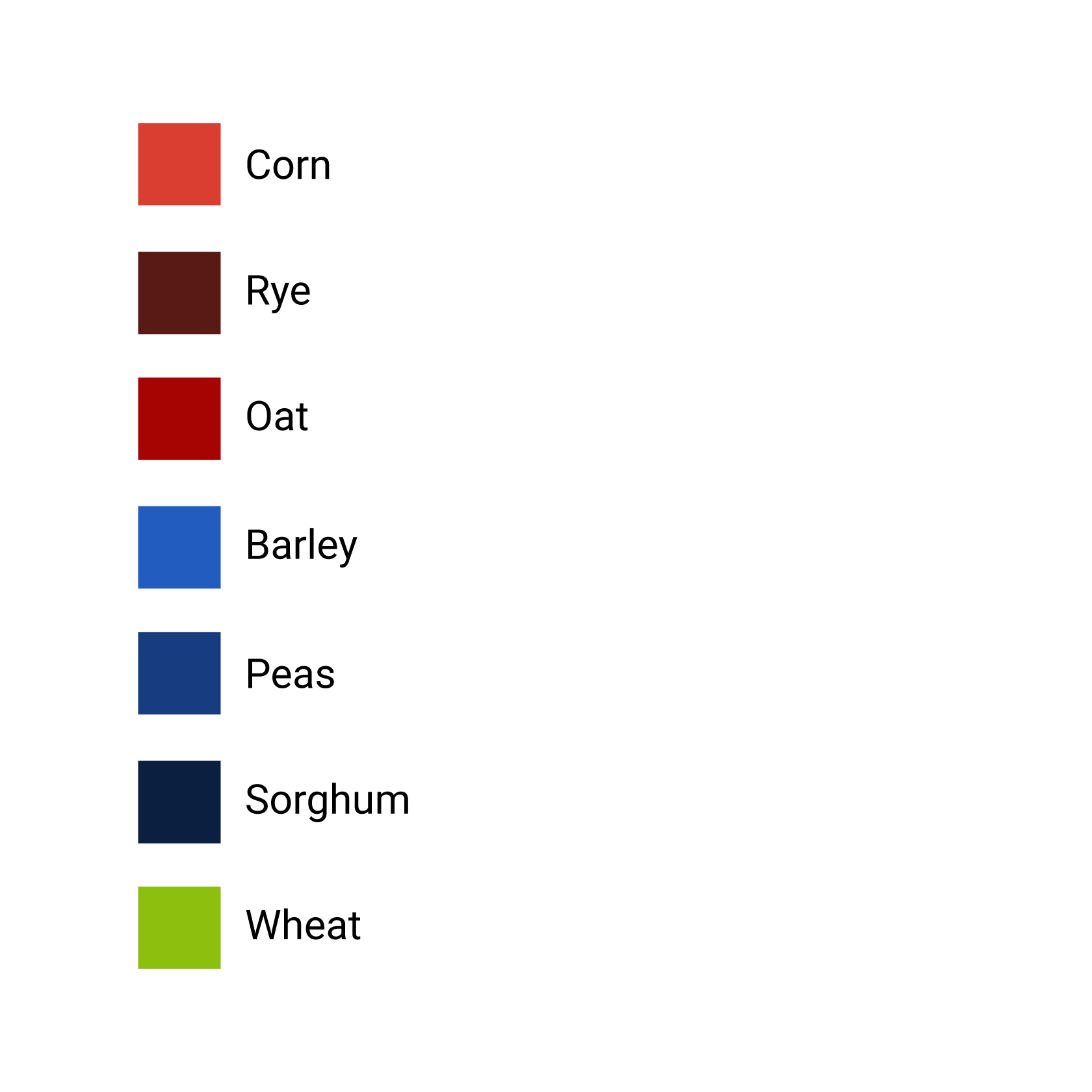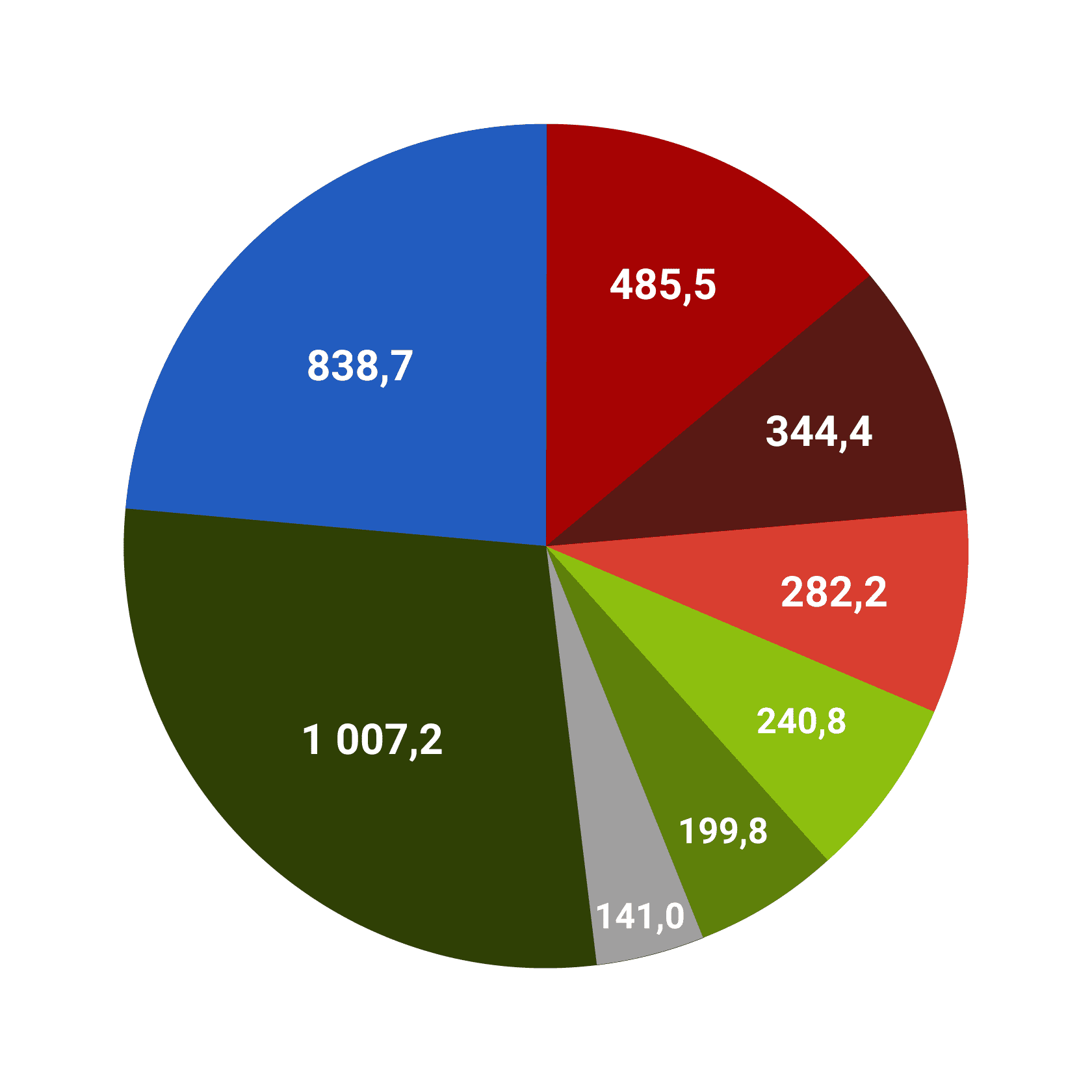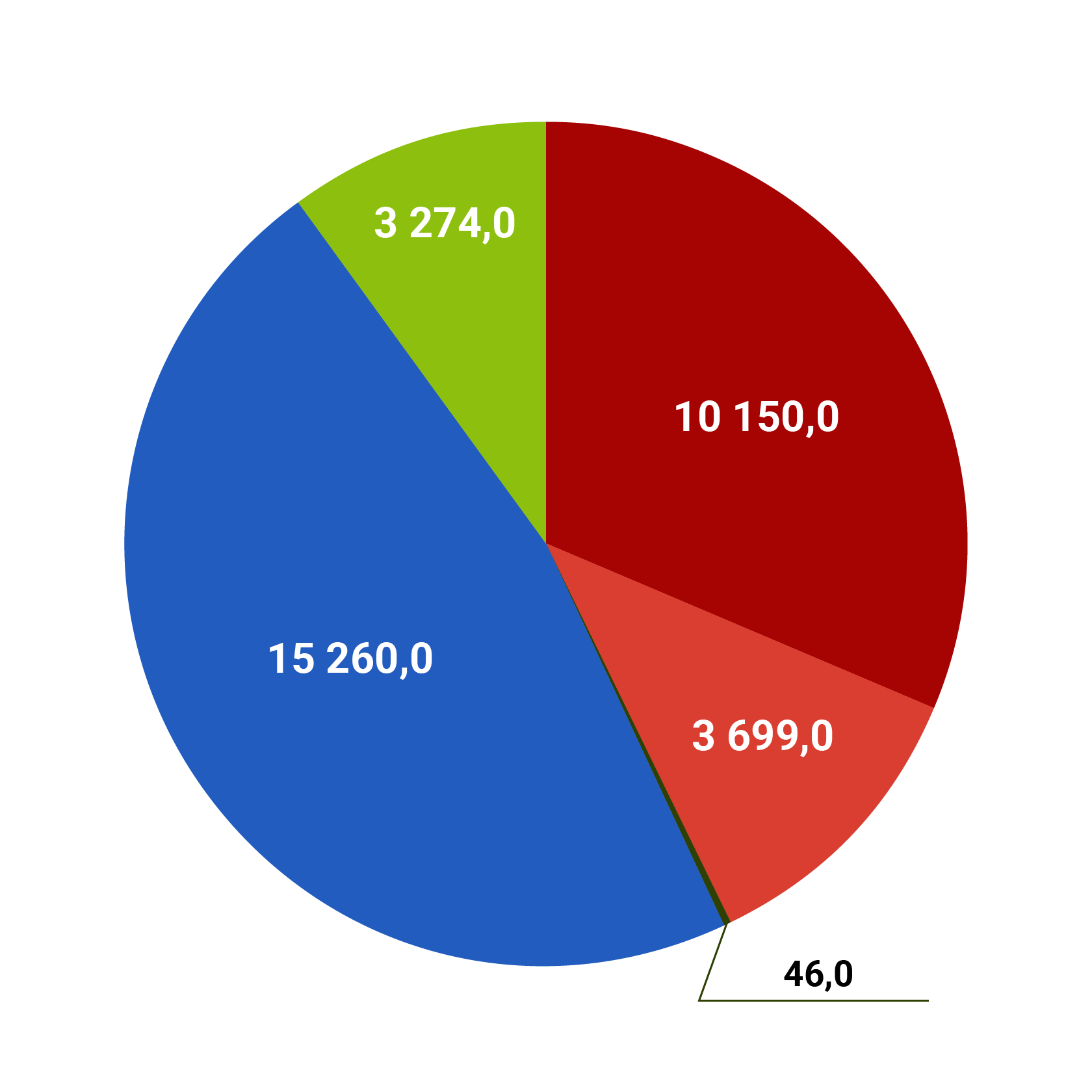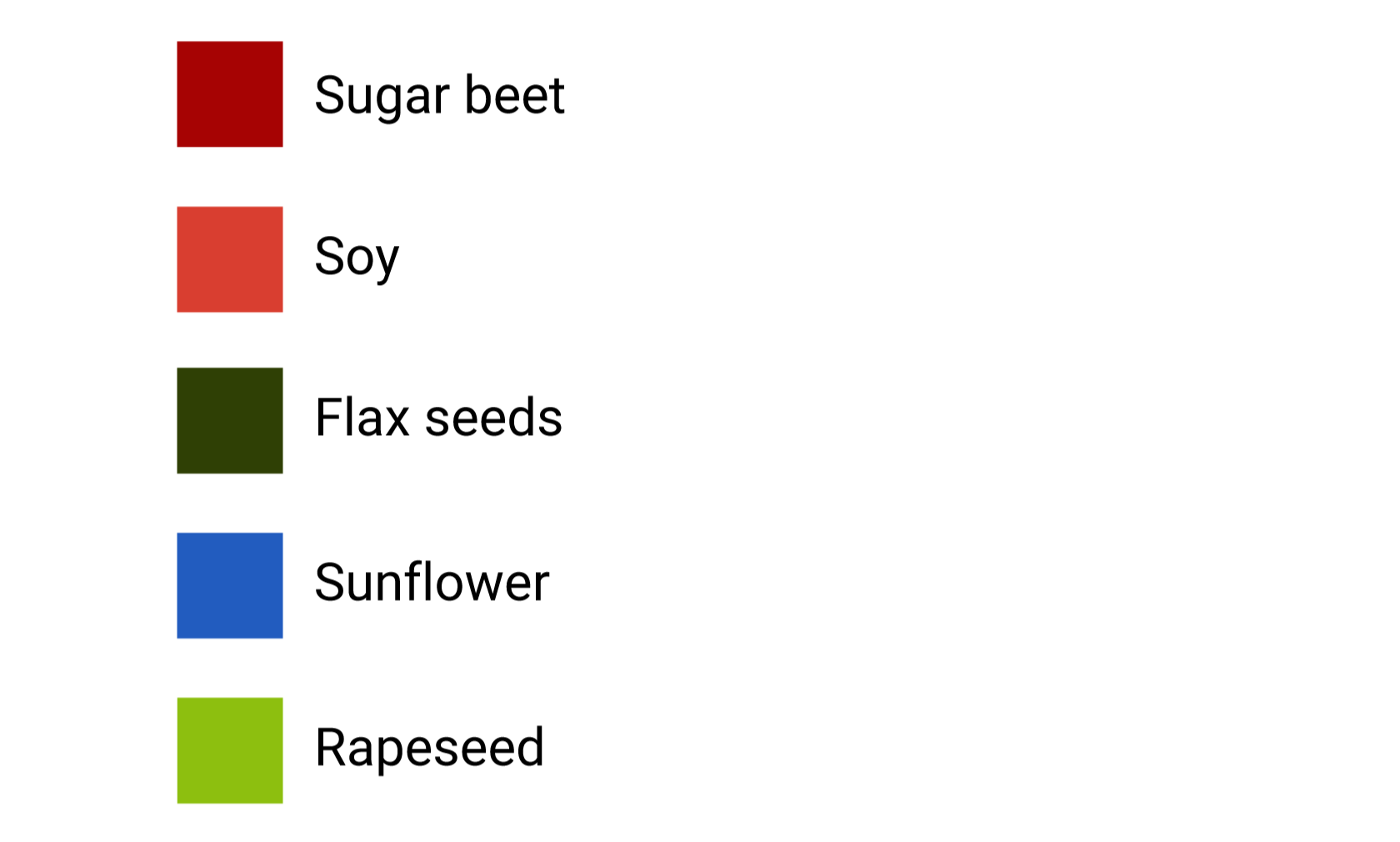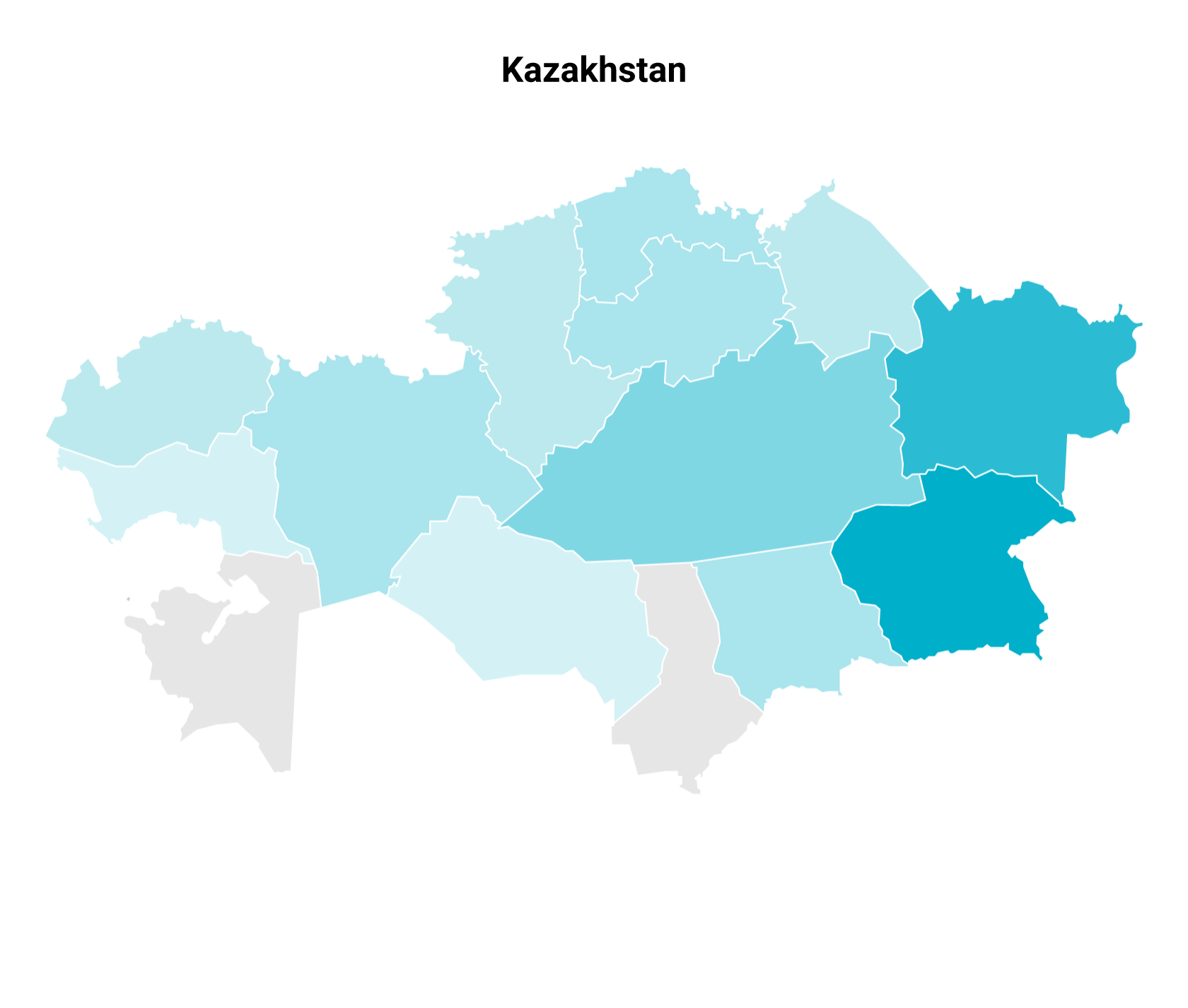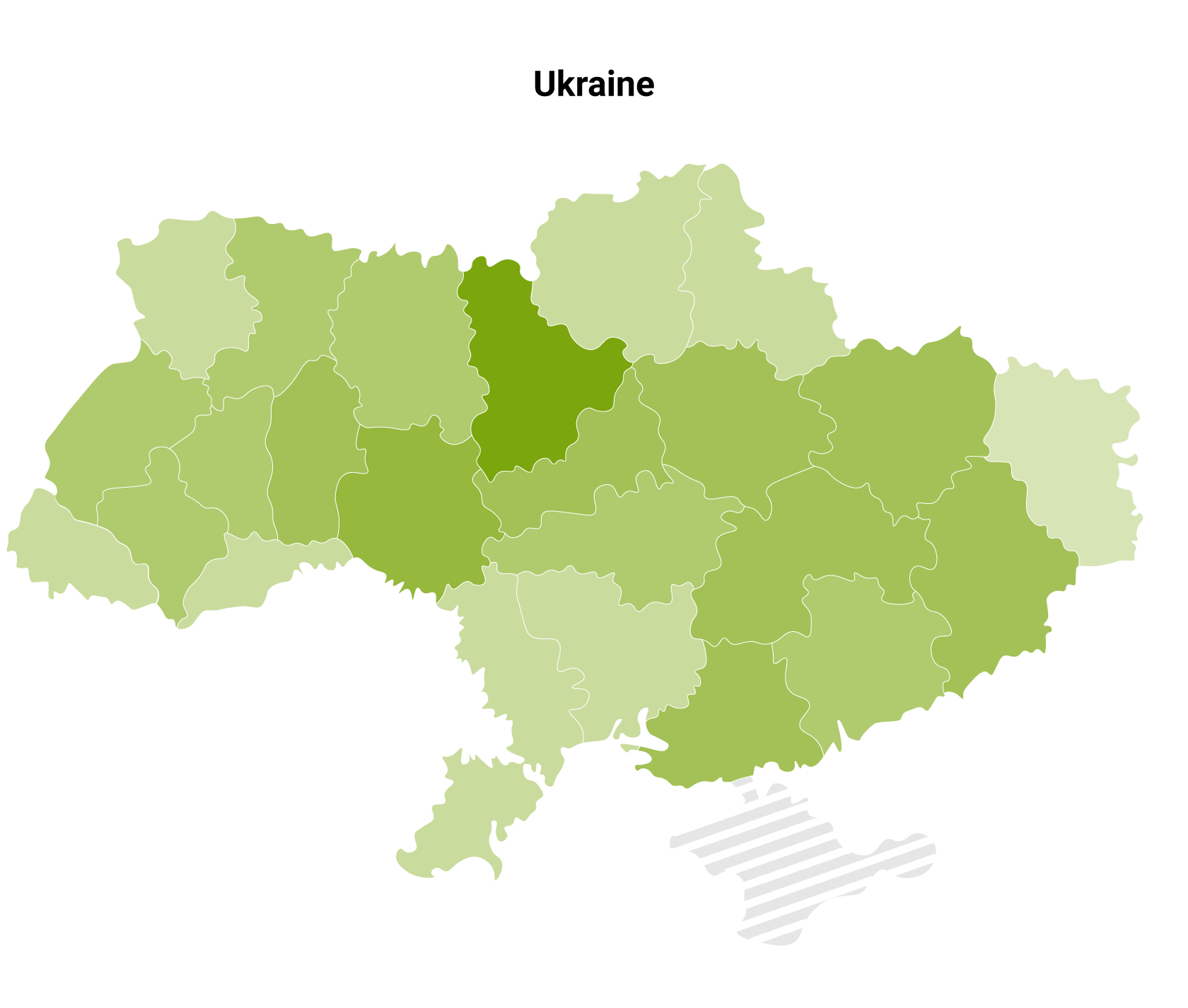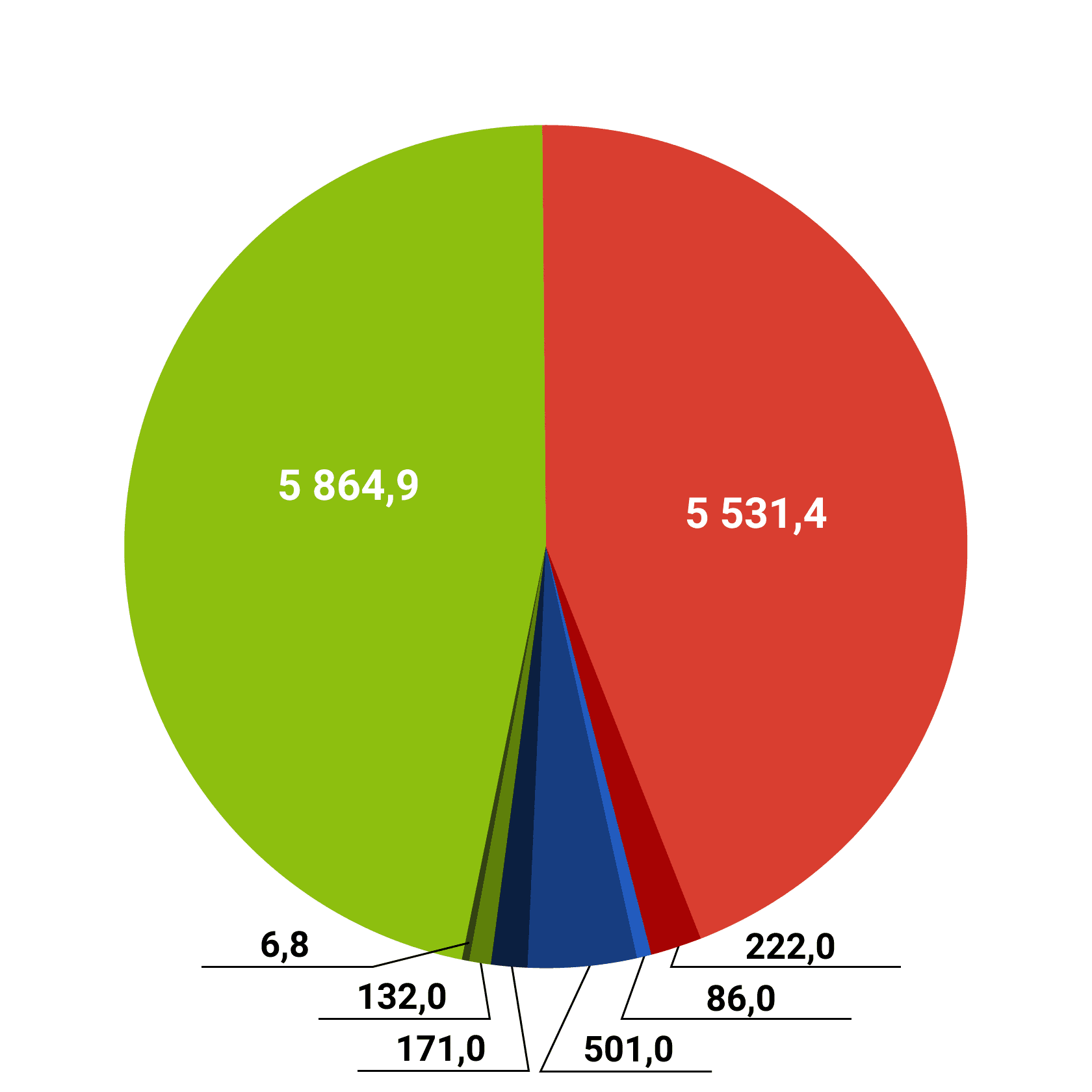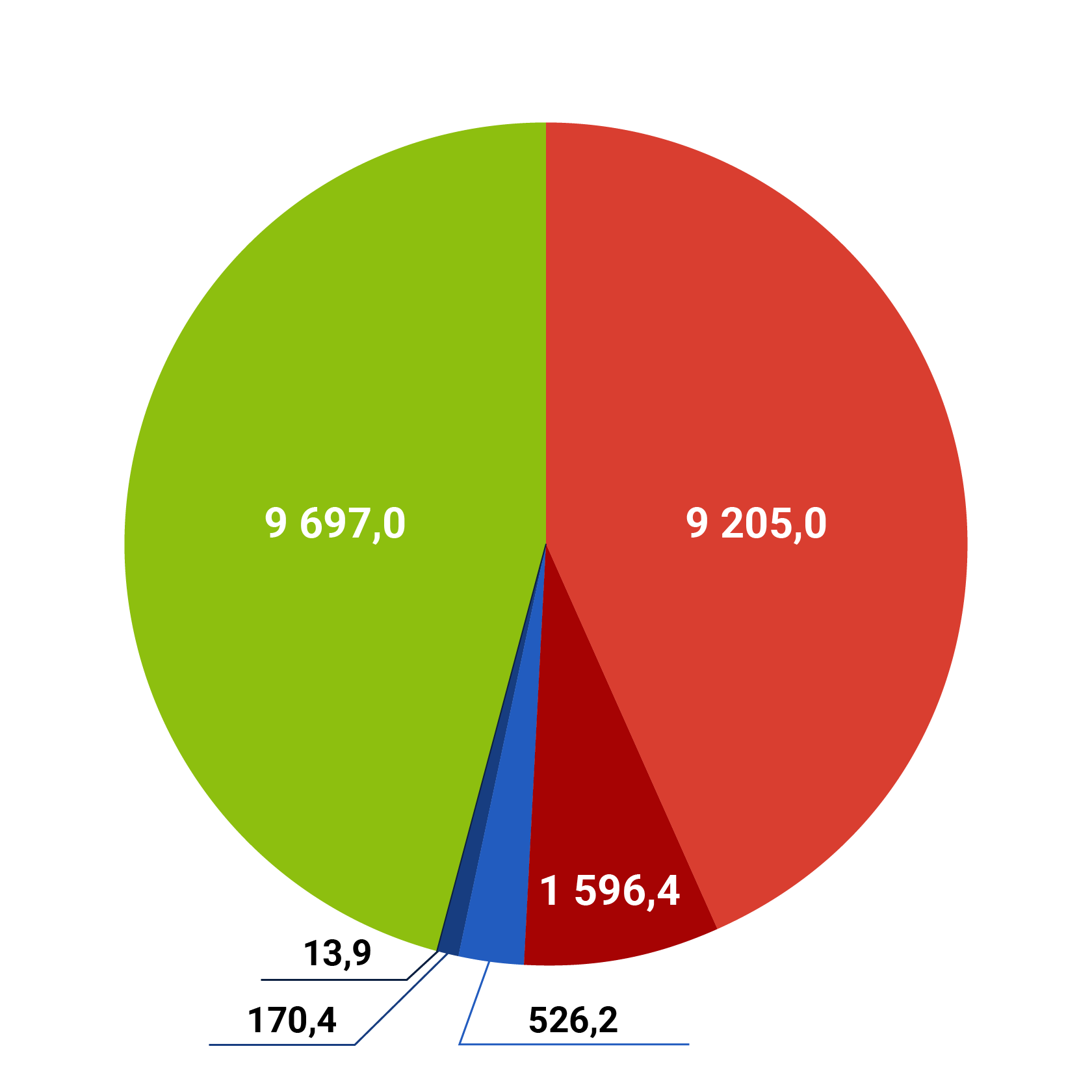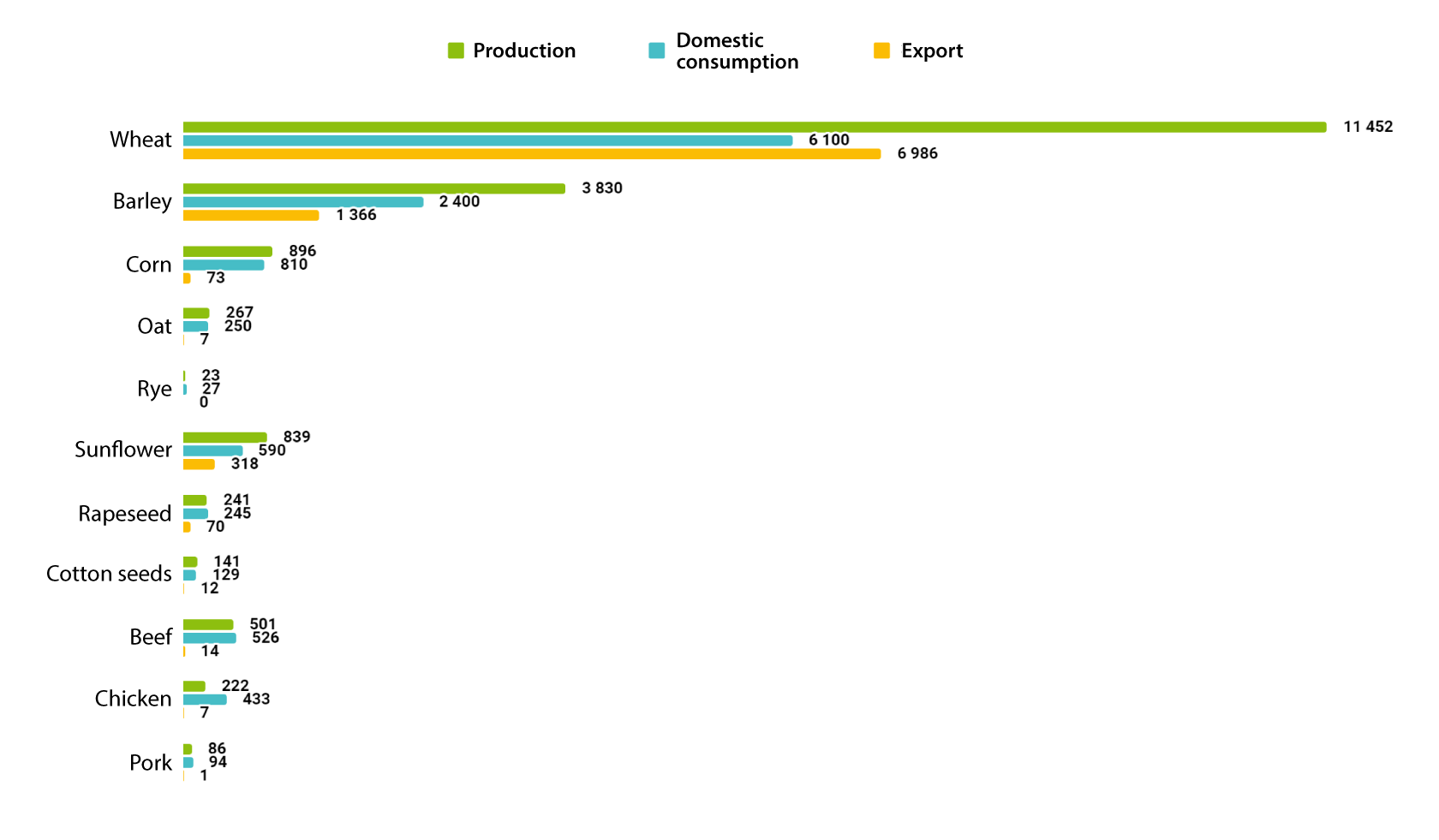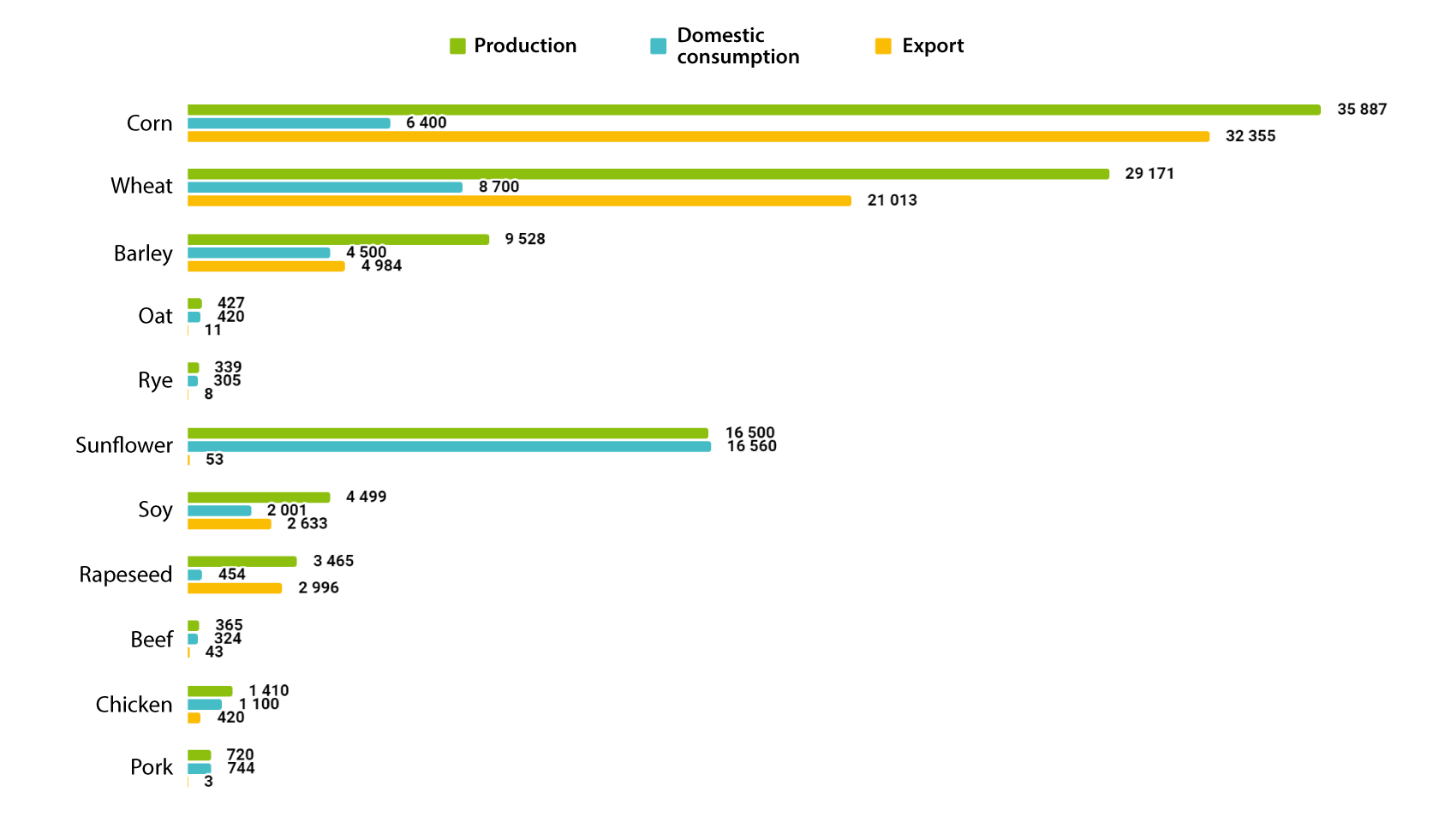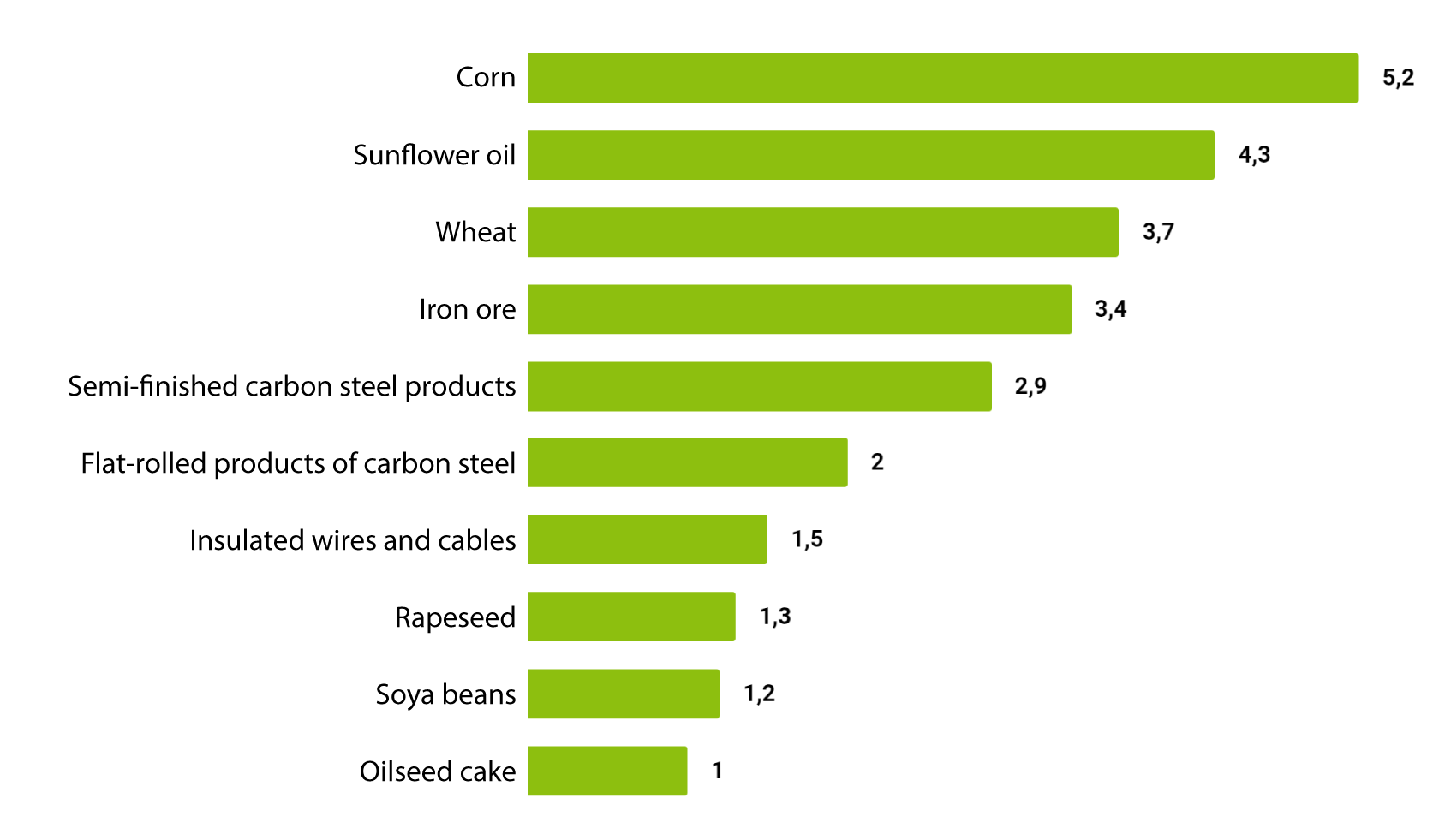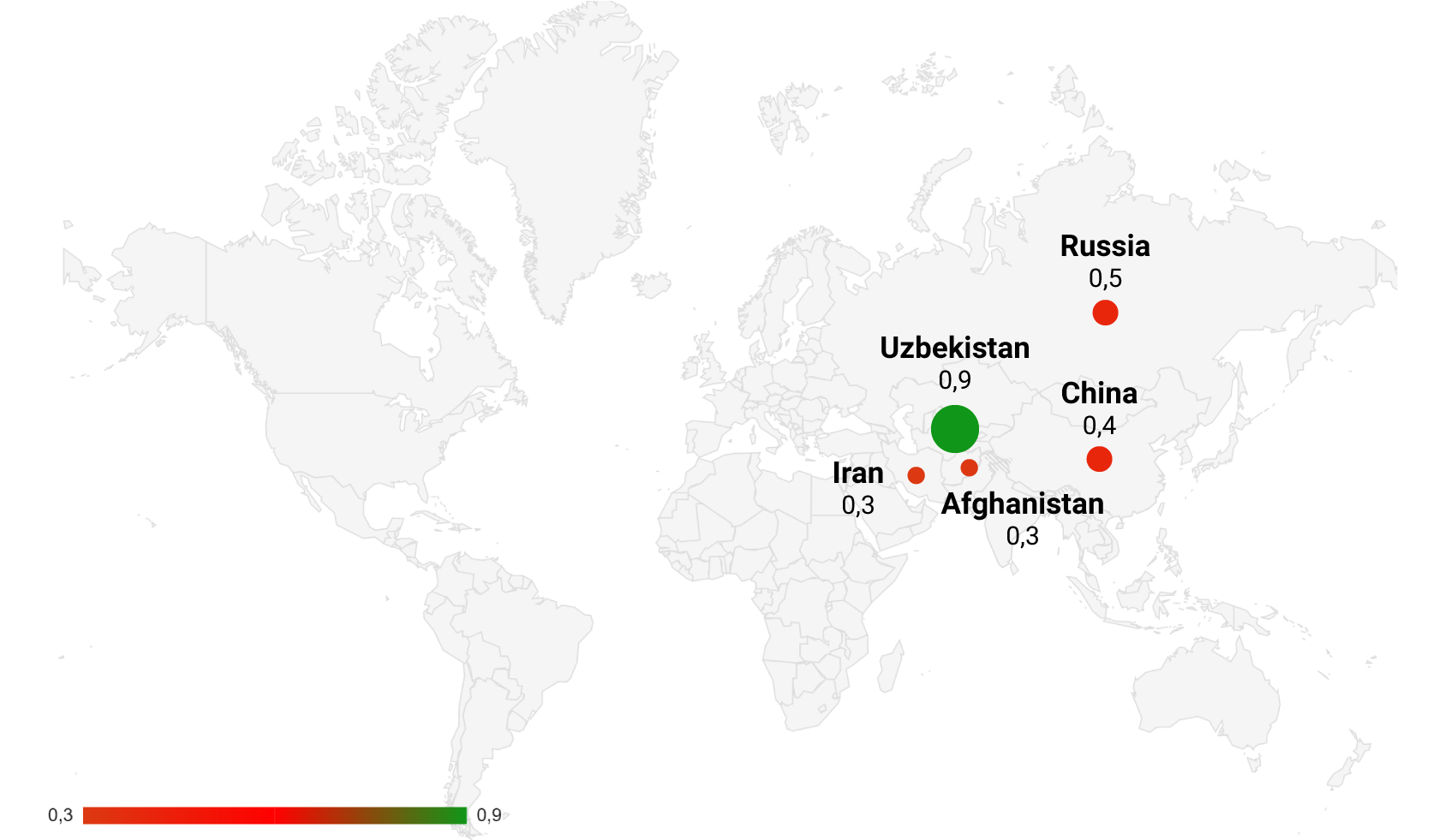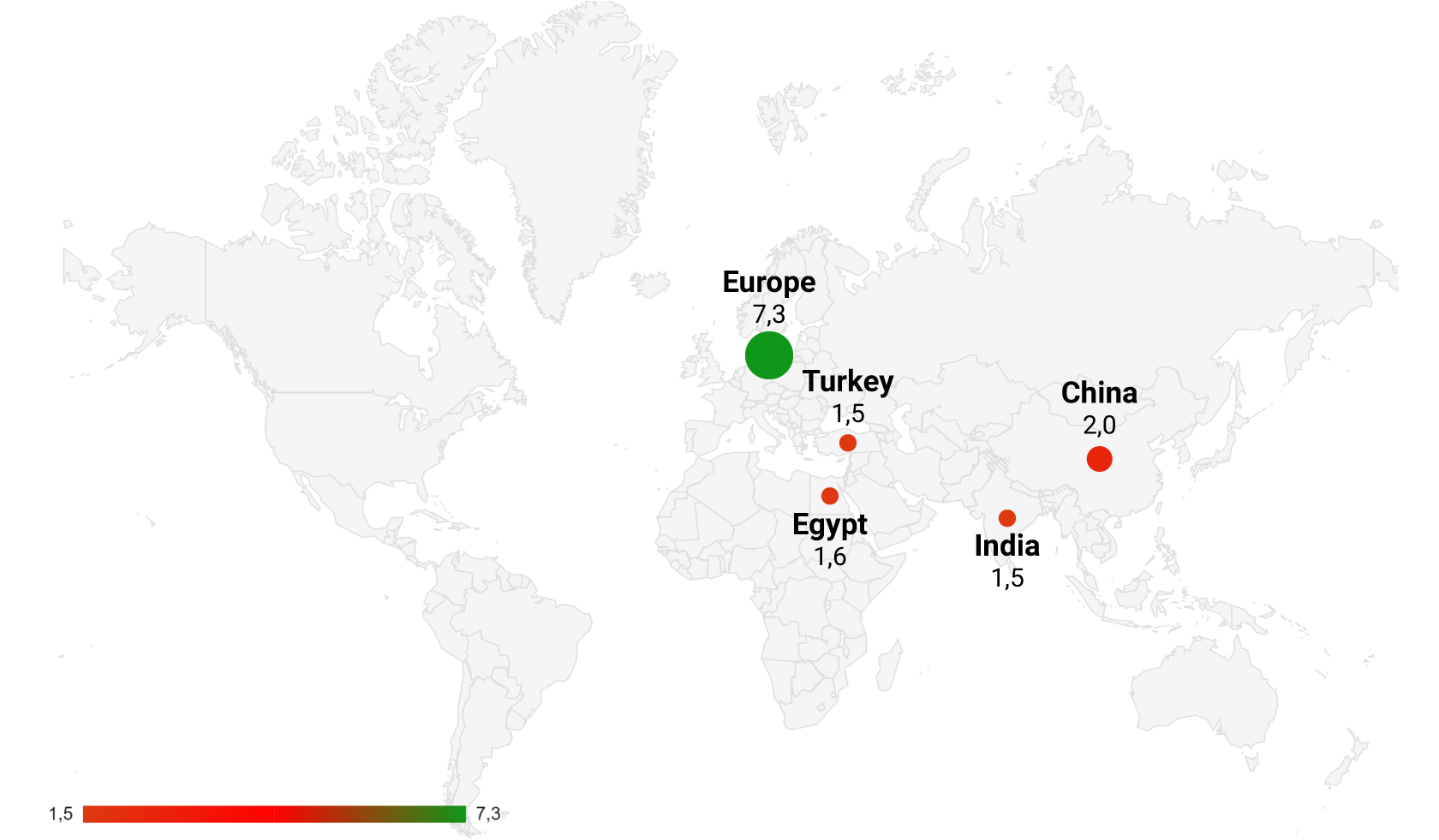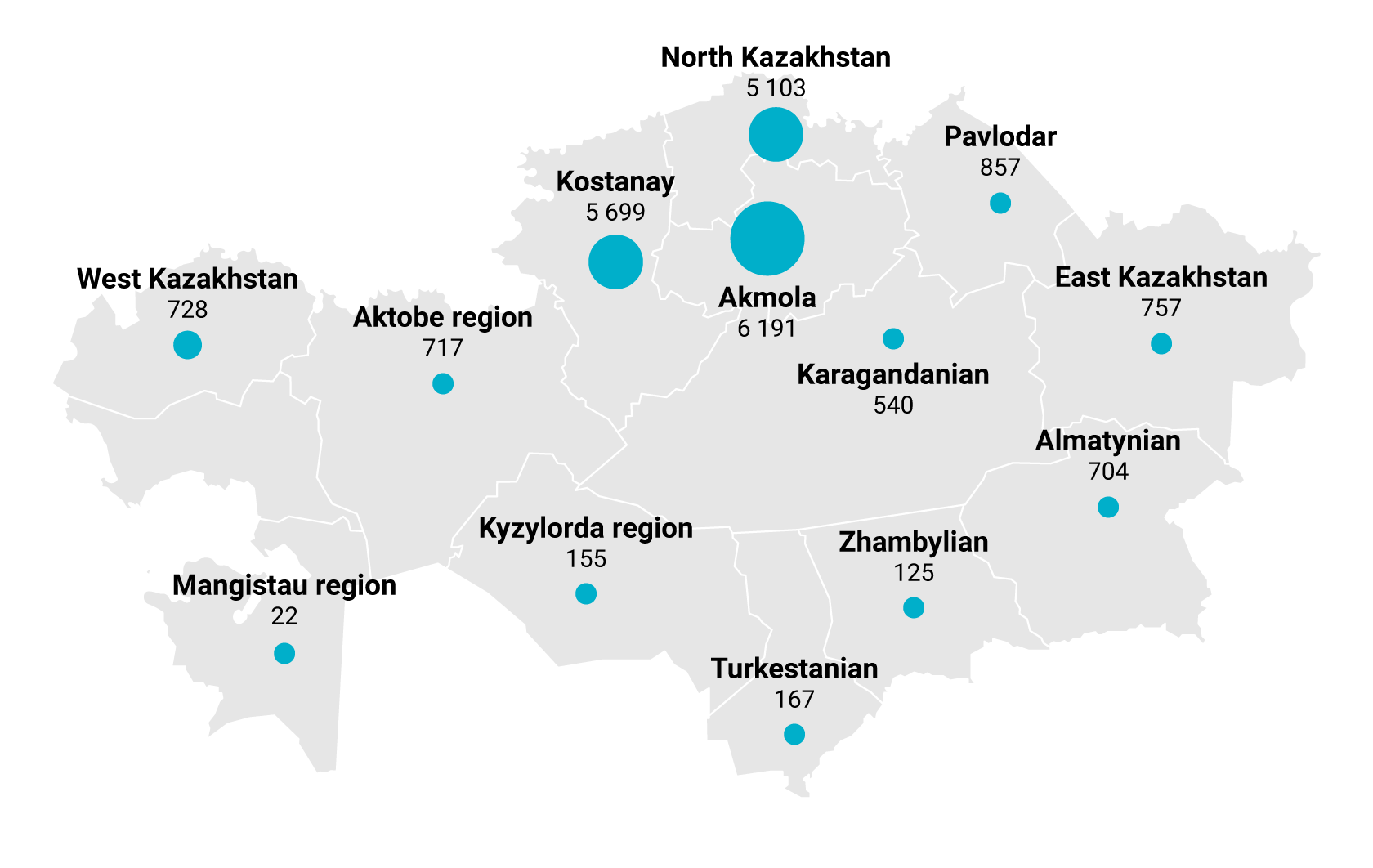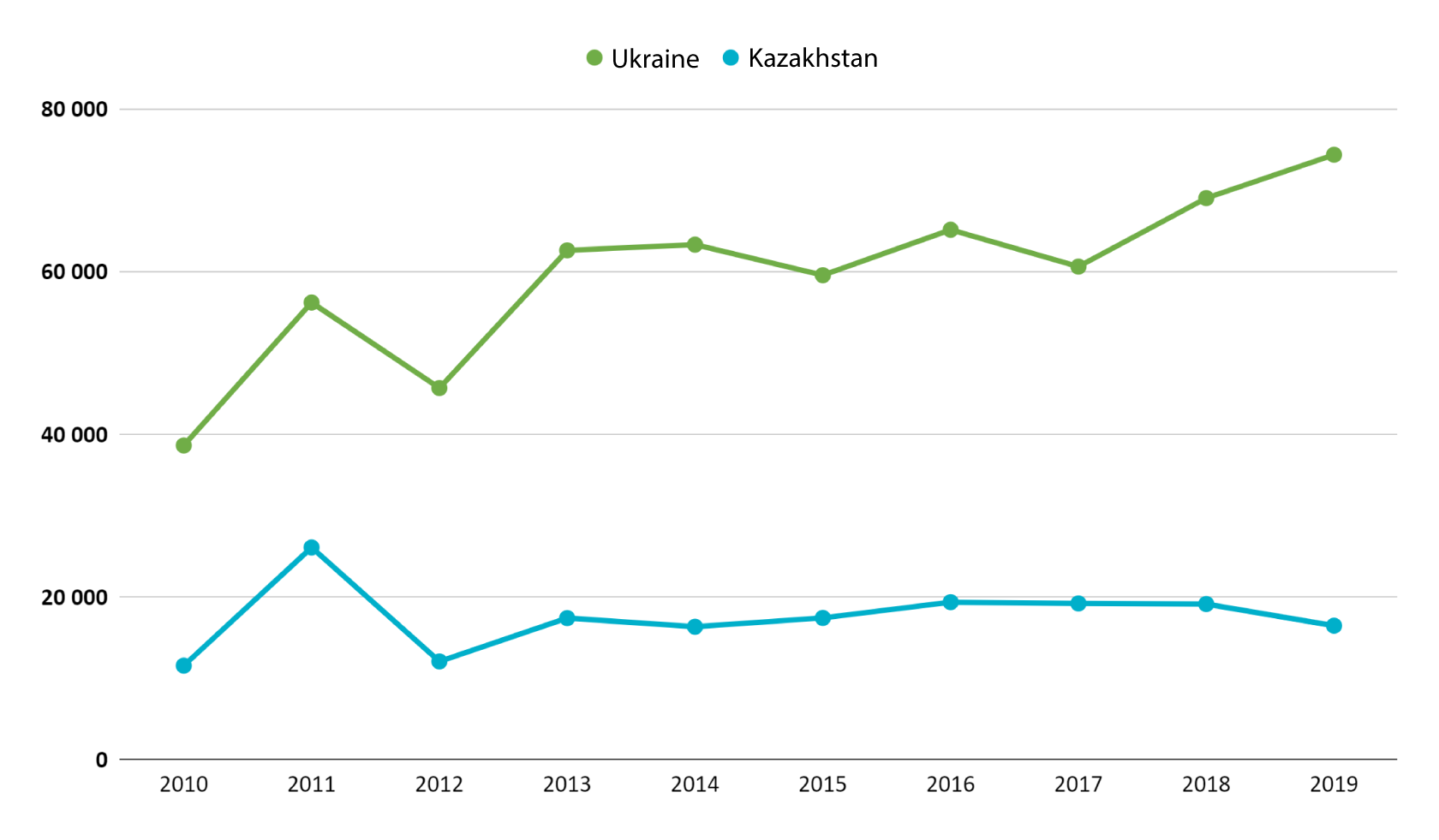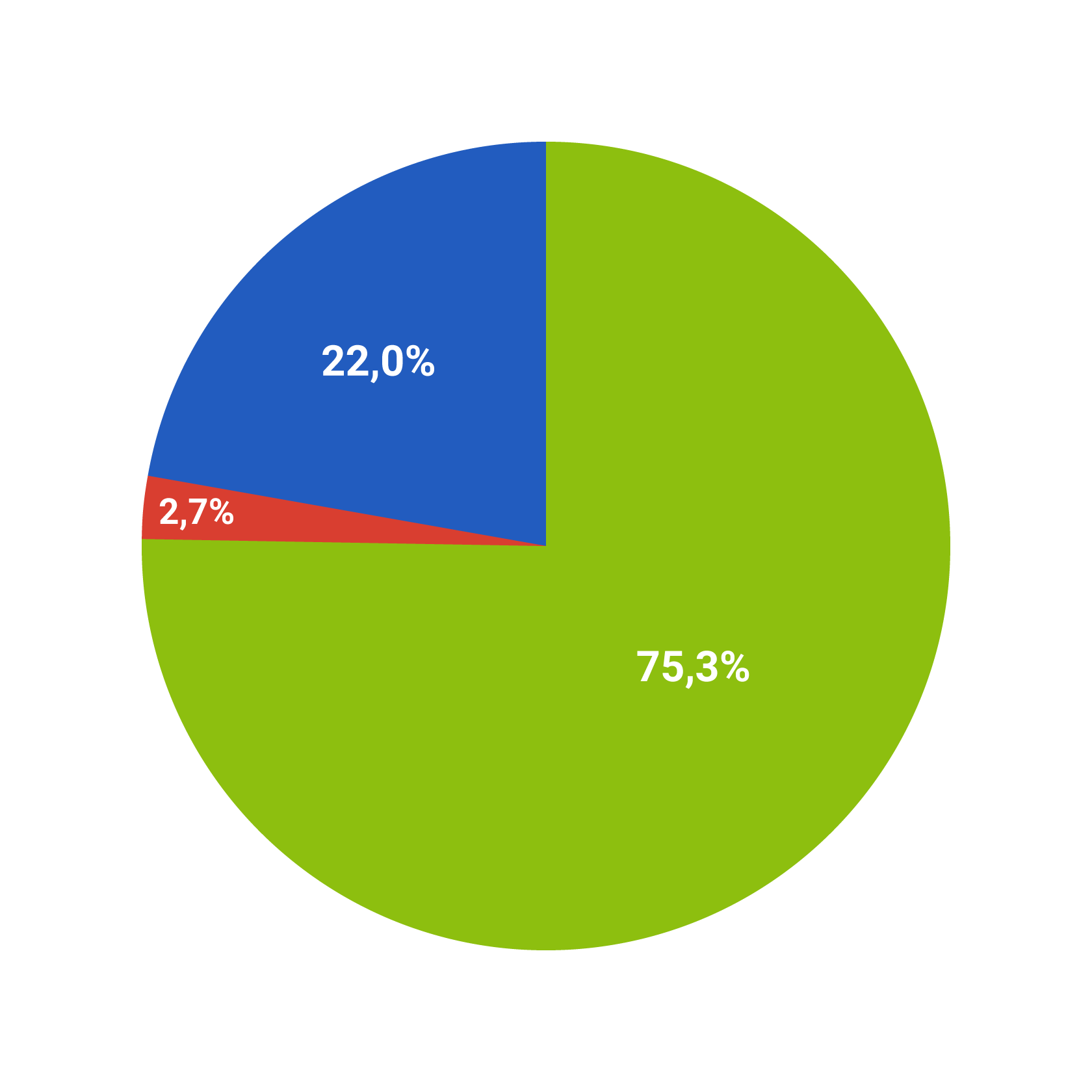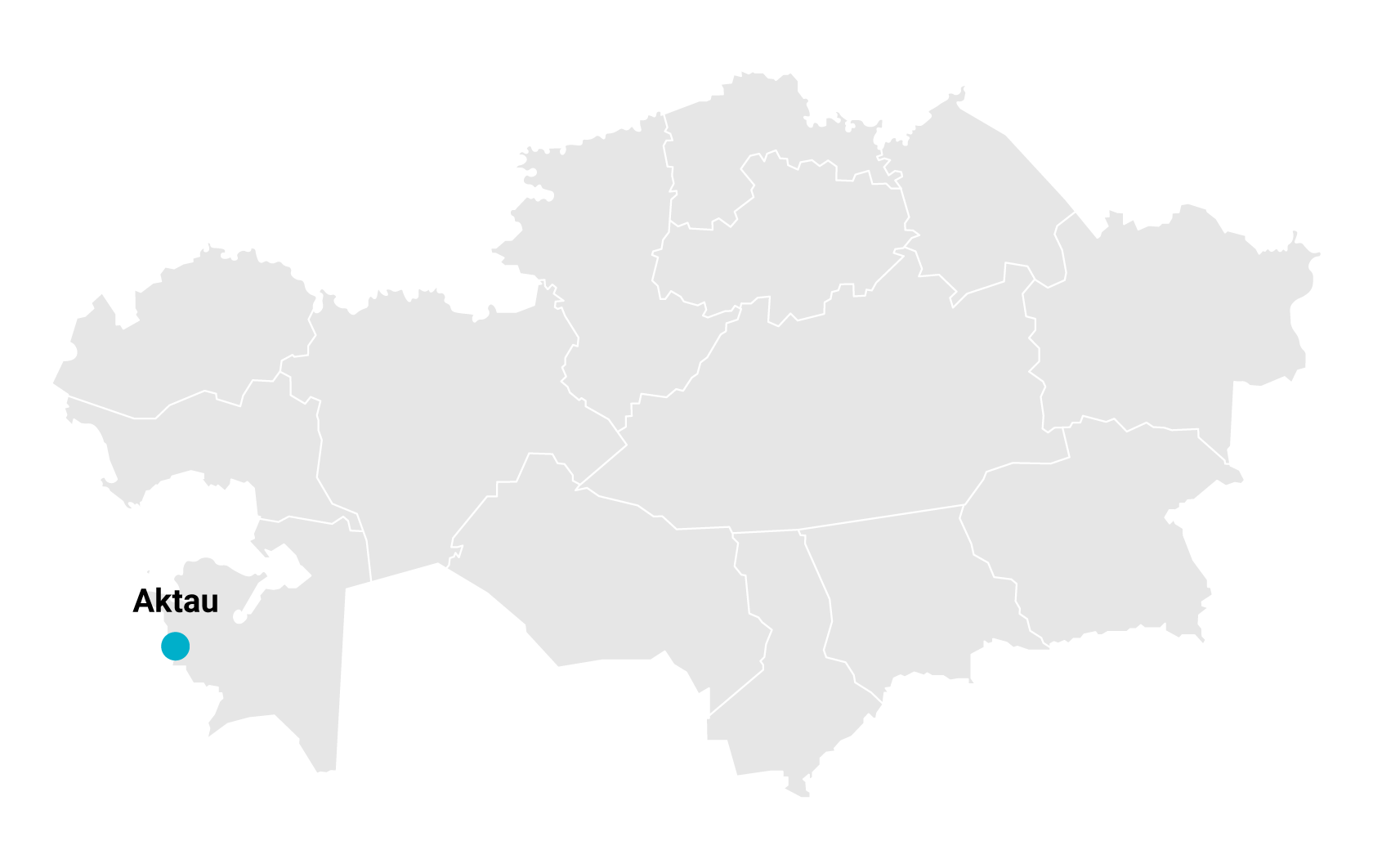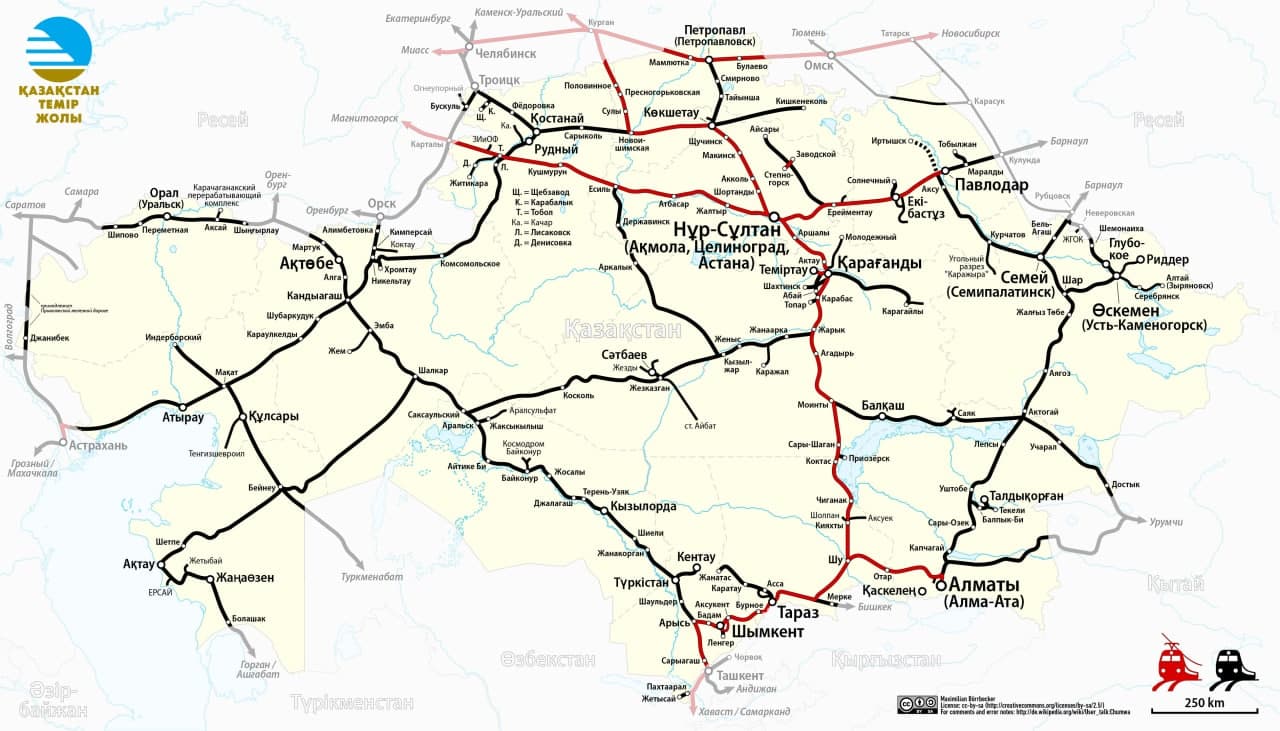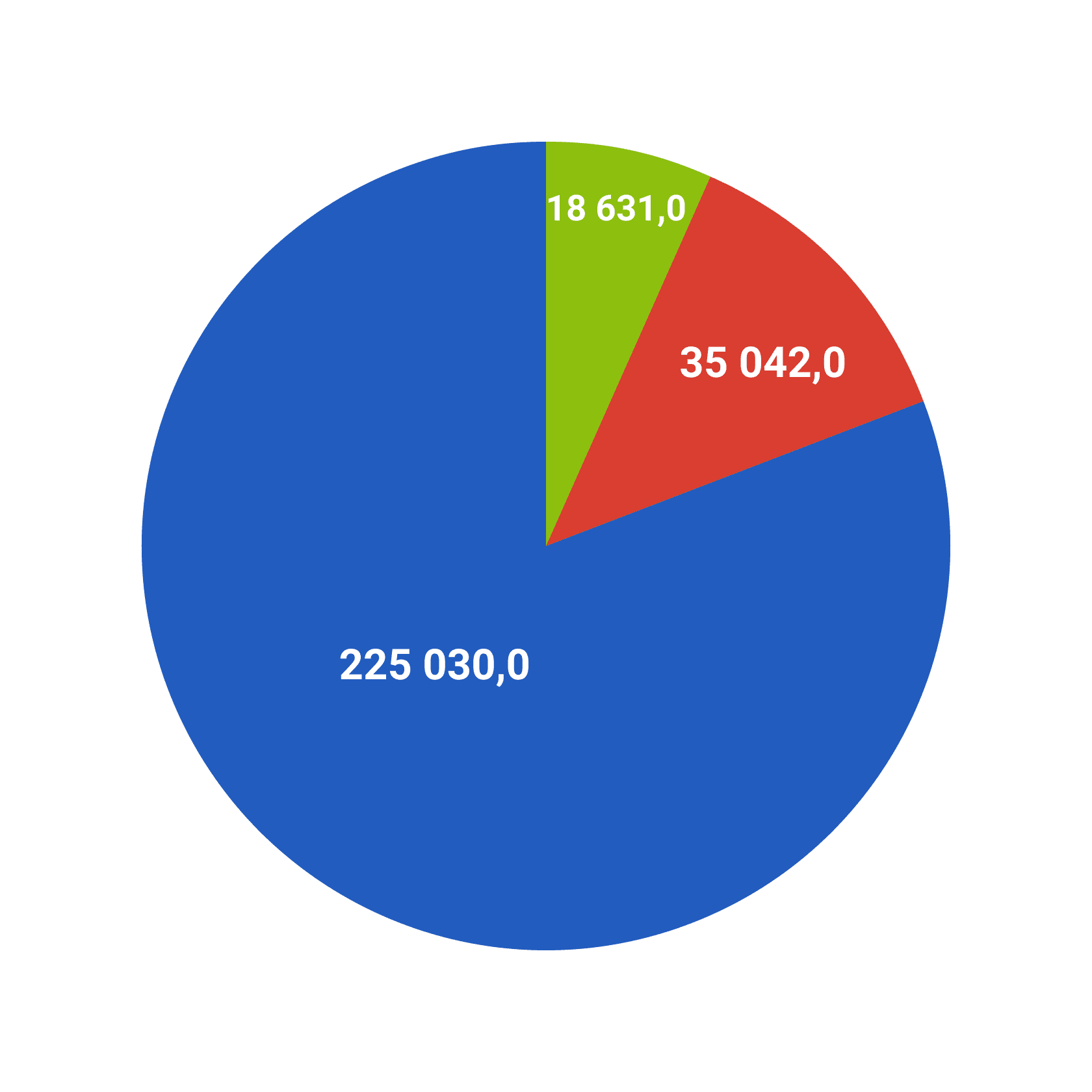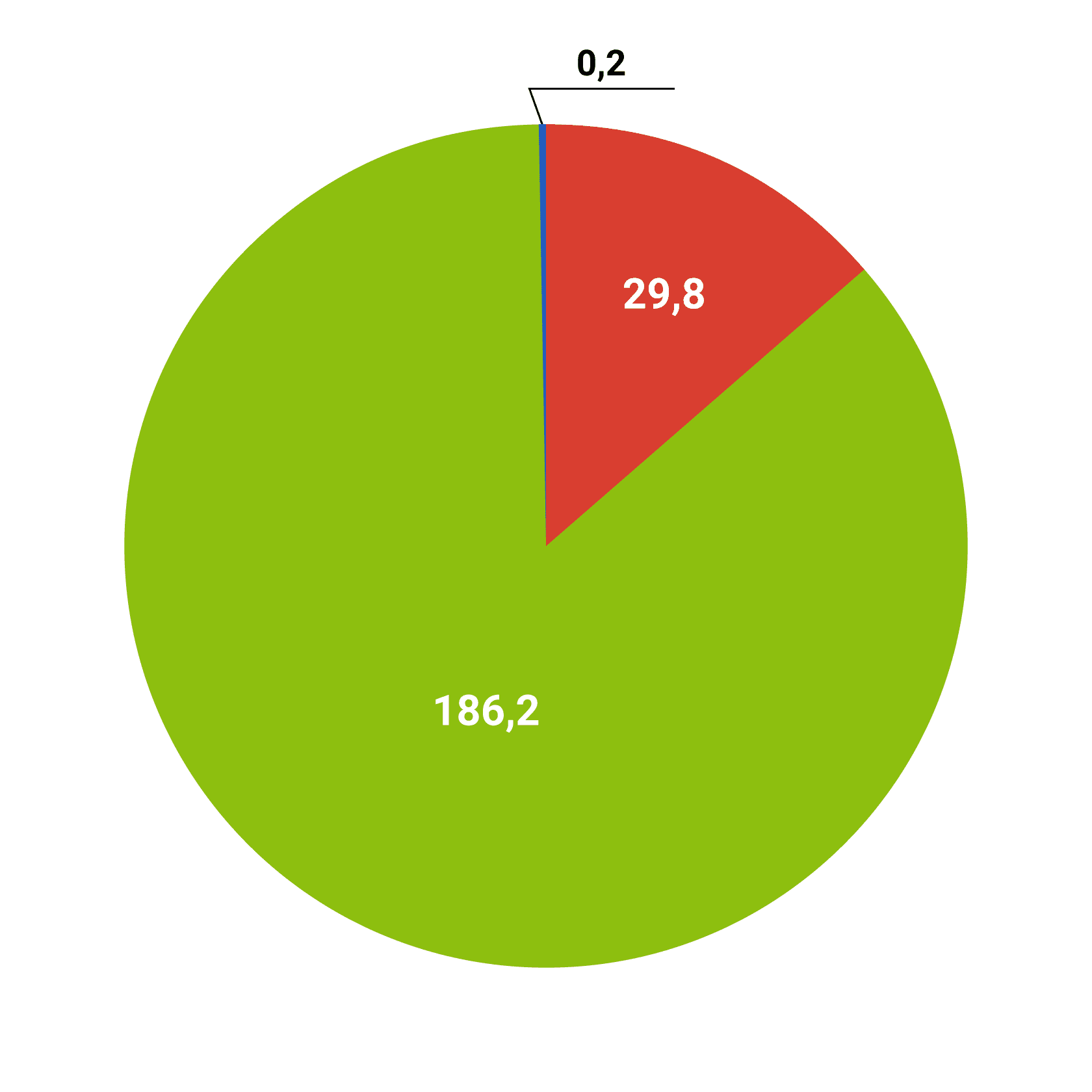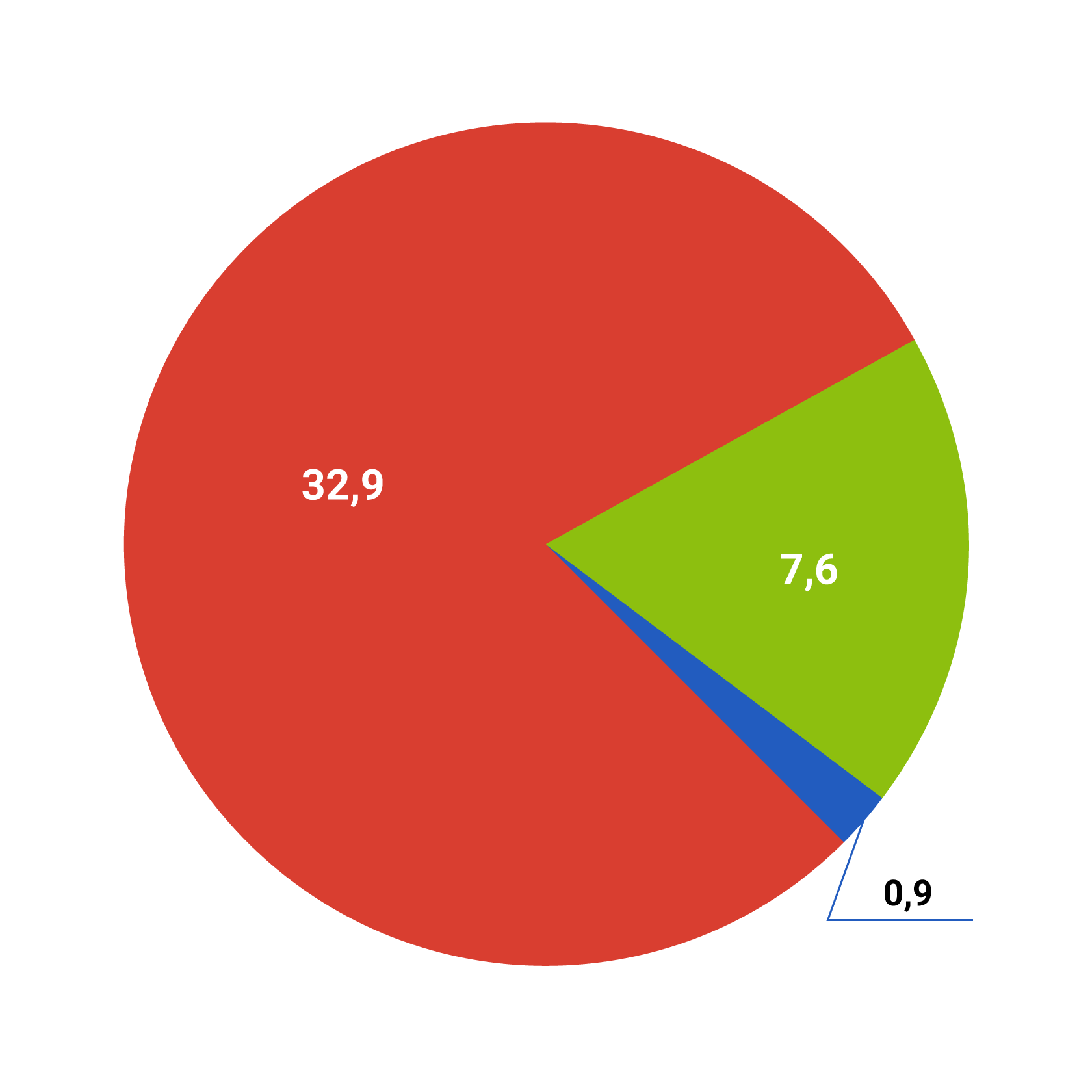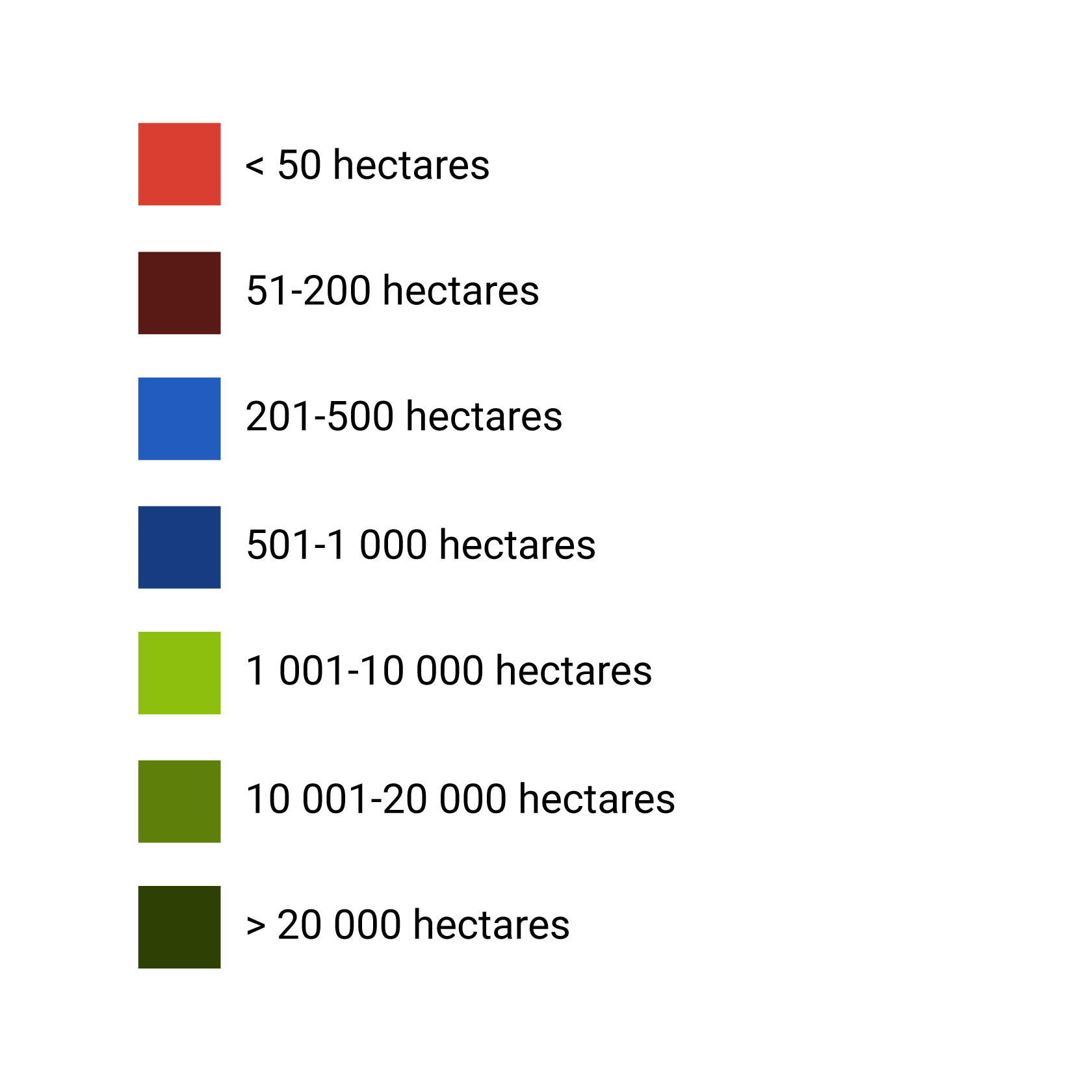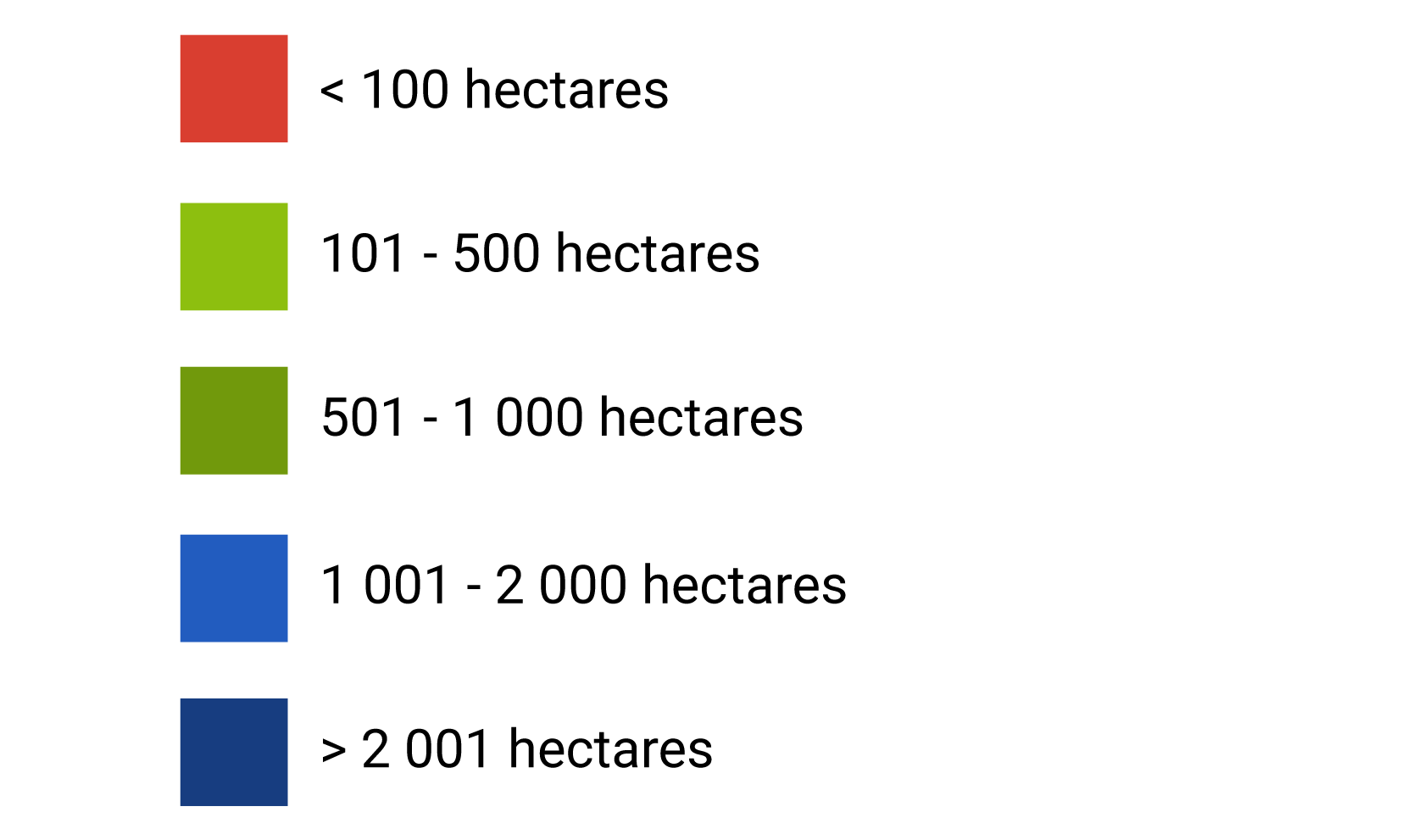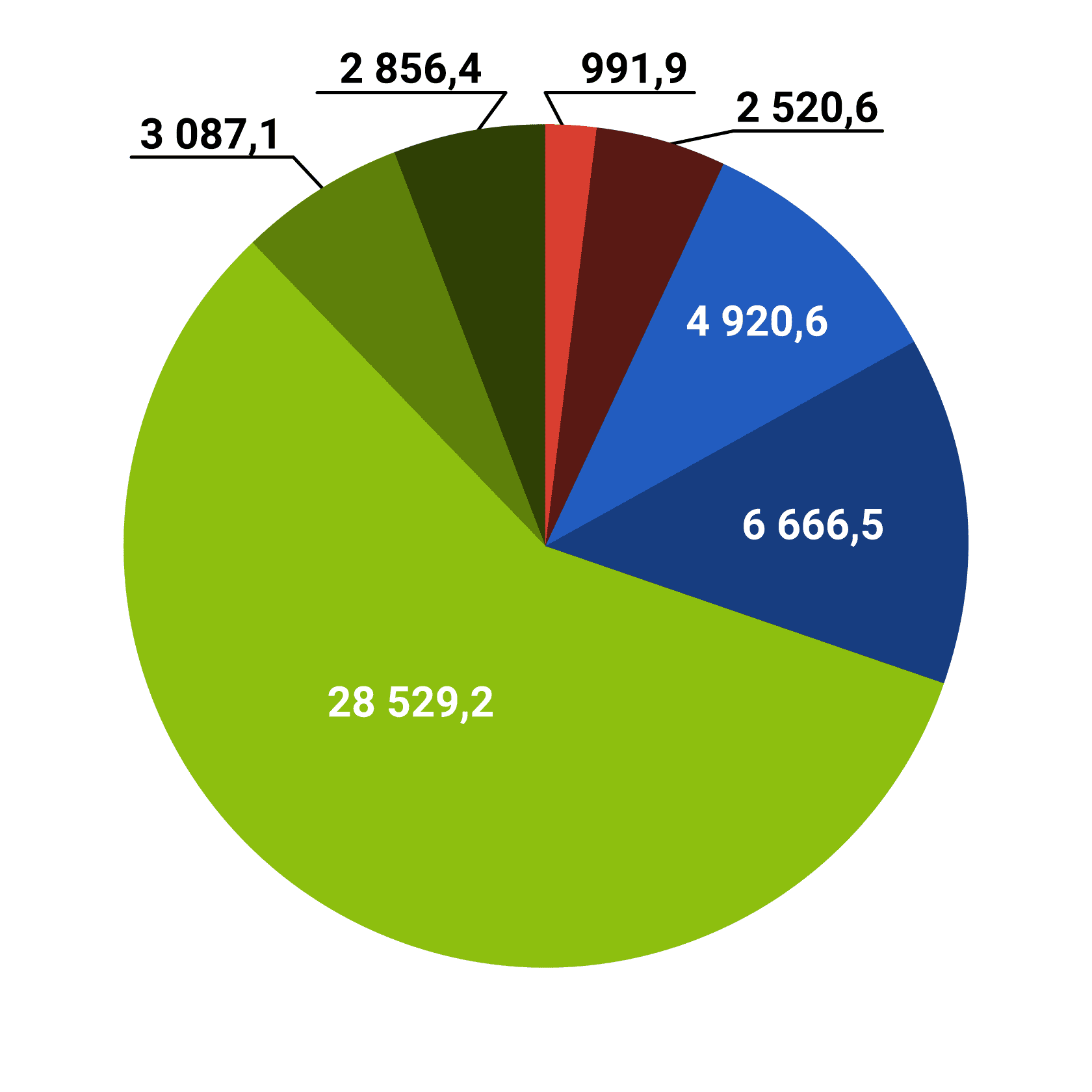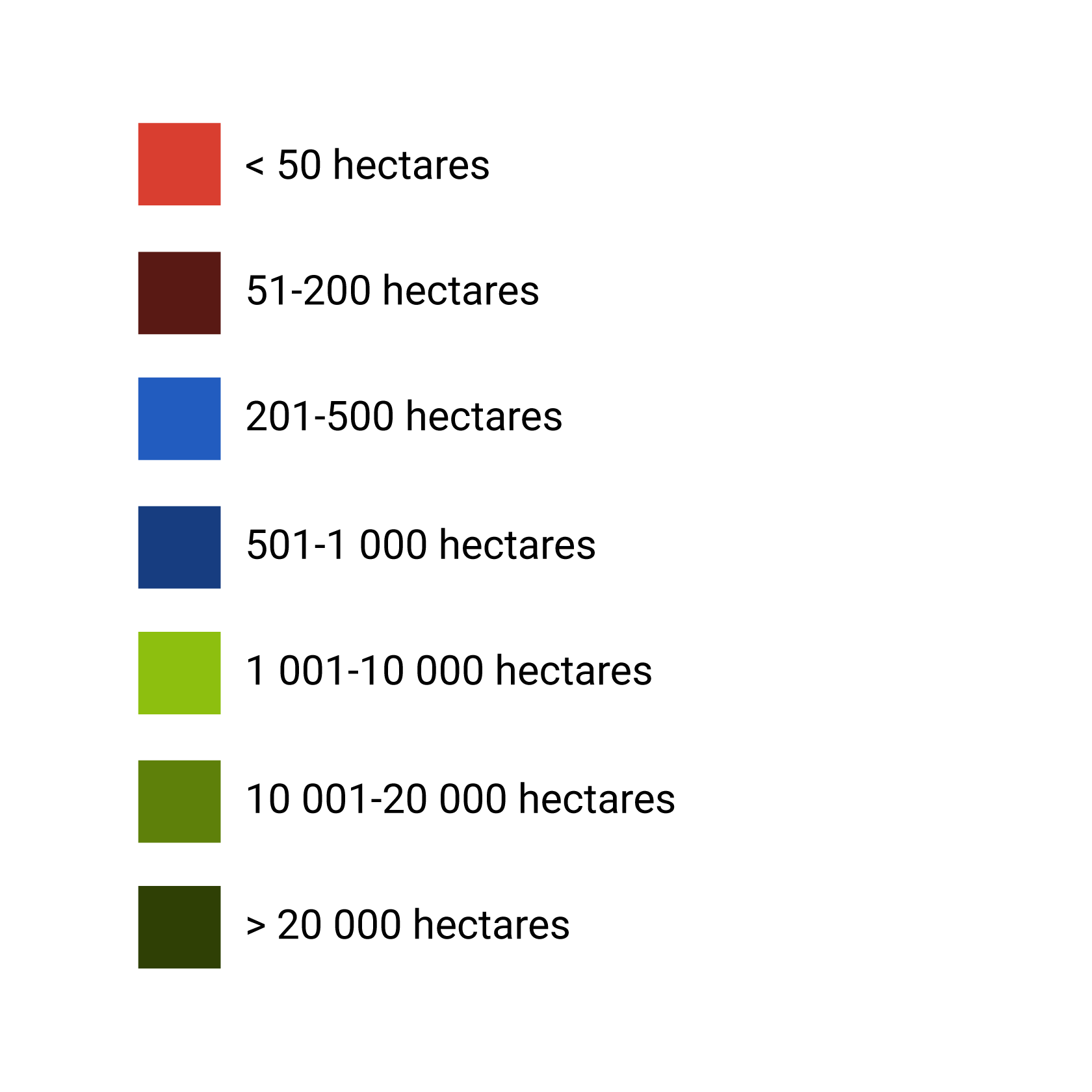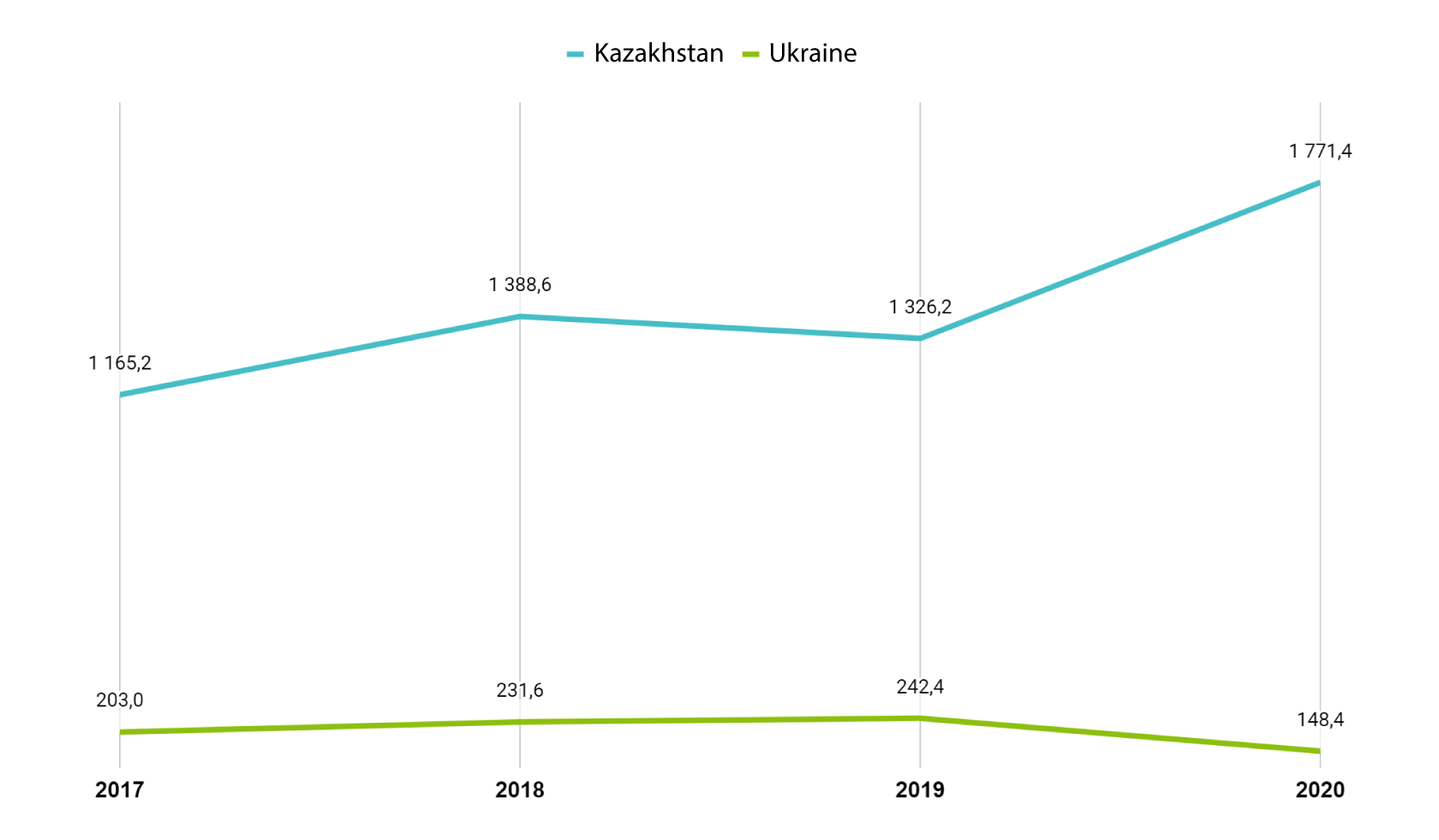As in Ukraine, Kazakhstani households are a major player in the agrarian market, especially in livestock farming. However, the share of the population in the gross output of the agro-industrial complex is gradually decreasing, in 2015 households accounted for 52.1%, then in 2019 - 44.2%. The decline in the share of households is a consequence of government measures aimed at improving the efficiency of the industry in general and labor productivity in particular.
Despite the positive transformations in the industry, namely the growth of gross output, a decrease in the number of farms with its simultaneous consolidation, there are still reserves for increasing efficiency. In 2016-2017, several largest agricultural holdings in Kazakhstan were on the brink of bankruptcy, among them: «Ivolga-Holding», «KazExportAstyk» and «Alibi». Considering that the total land bank of these companies was 3.5 million hectares, the Government of the republic intervened. The holdings' assets and liabilities were bought out through the state Problem Loans Fund in order to preserve property, jobs and find investors to buy these companies.
According to representatives of the Kazakhstan office of
Amazone, the «economic death» of large agricultural holdings was caused by a number of reasons. Firstly, the lack of a clear organizational structure - the subsidiaries had a "partnership" relationship with the head office and mainly acted autonomously. Secondly, low yields greatly impair the economy in crop production. Thirdly, difficulties in operational control of a large land bank (for example, «Ivolga-Holding» had 1.5 million hectares). In addition, there are huge financial obligations to the state under preferential credit programs.
